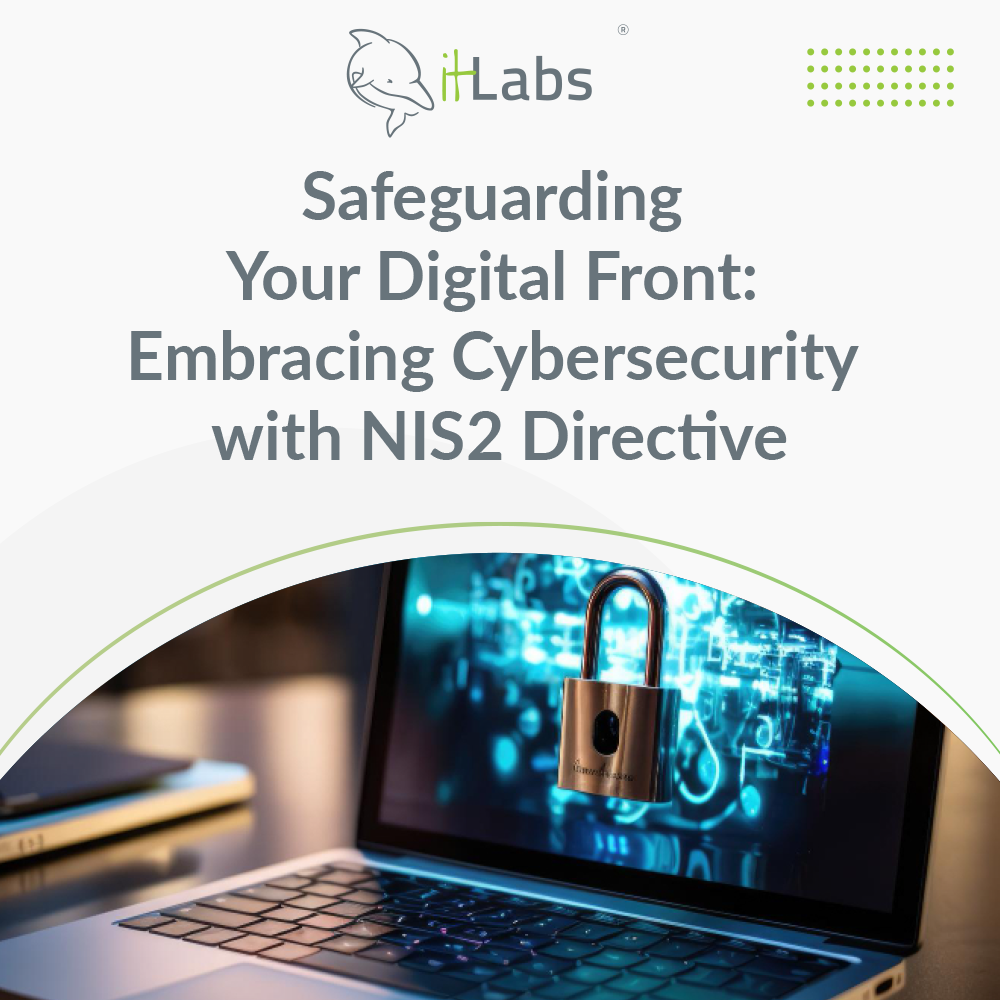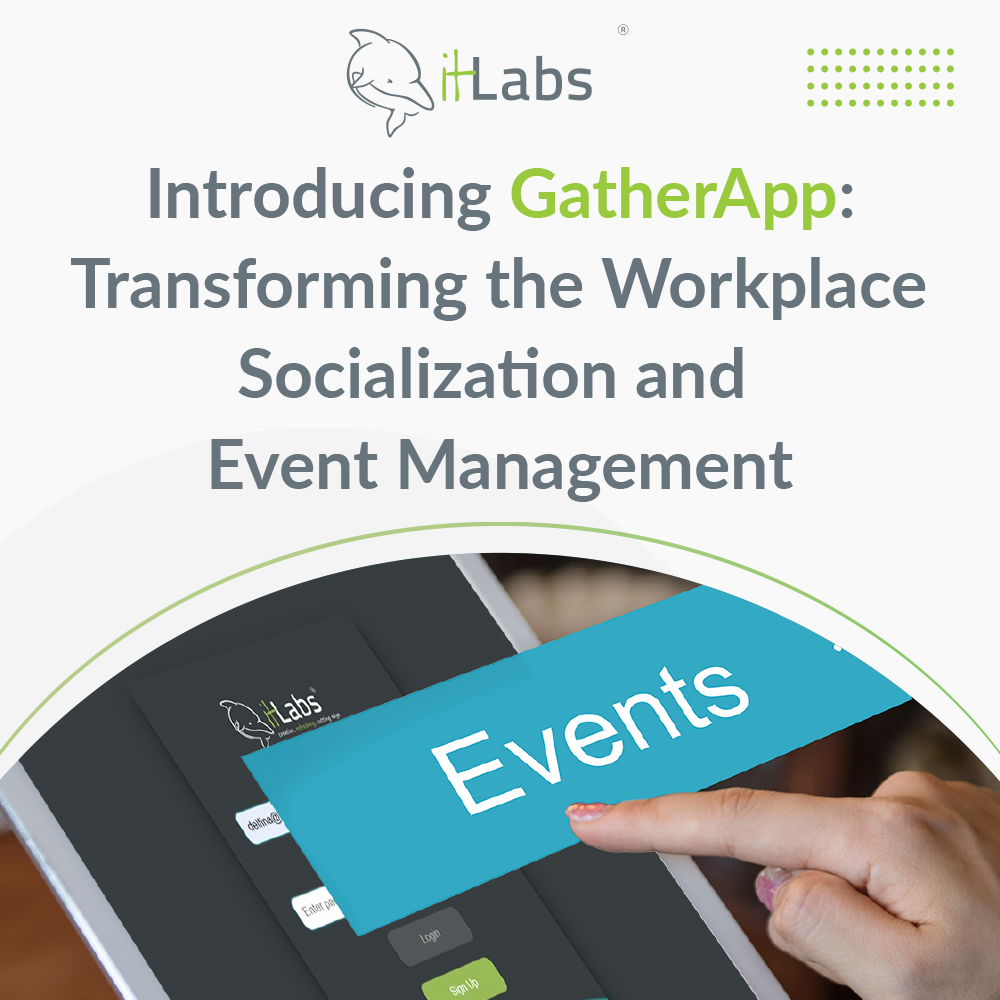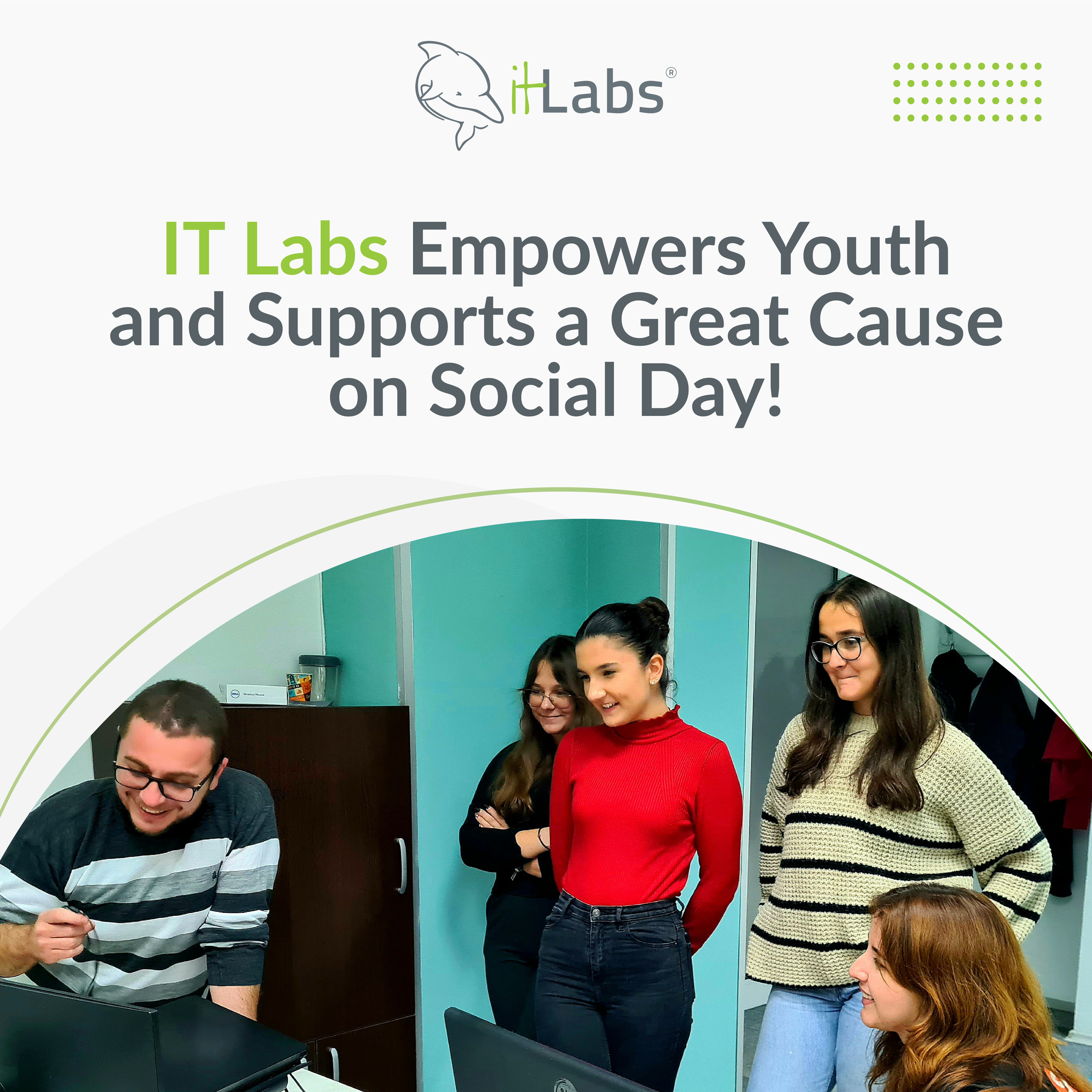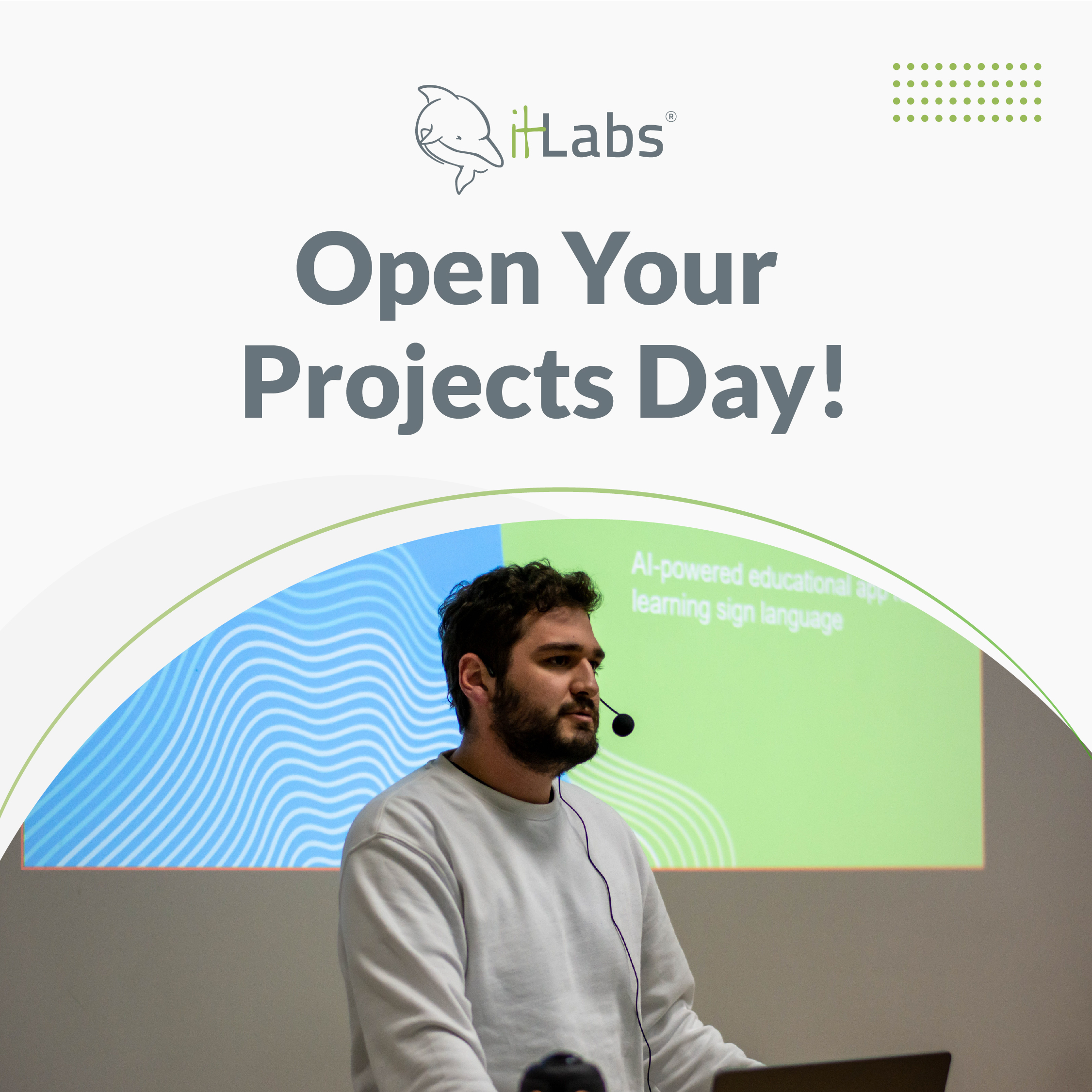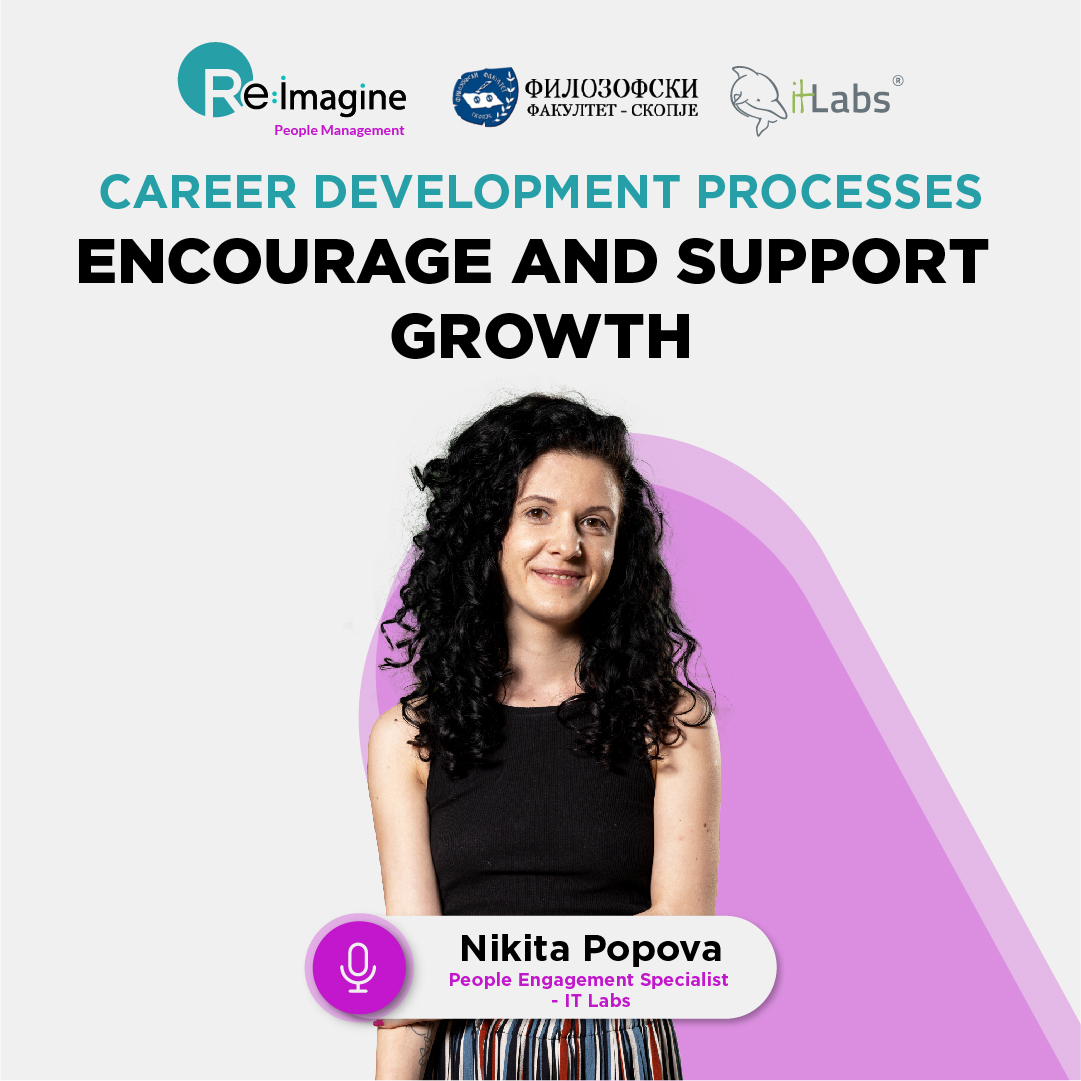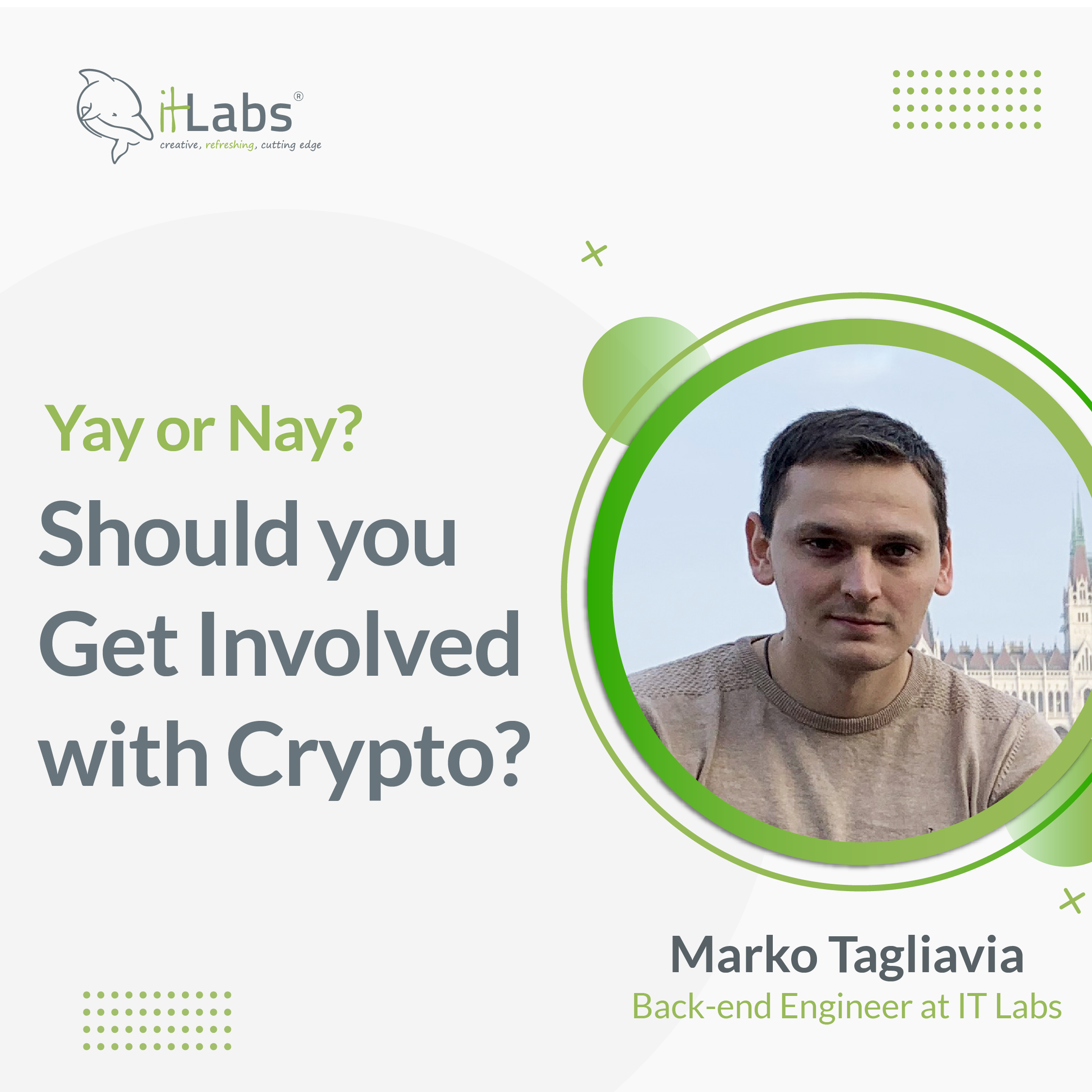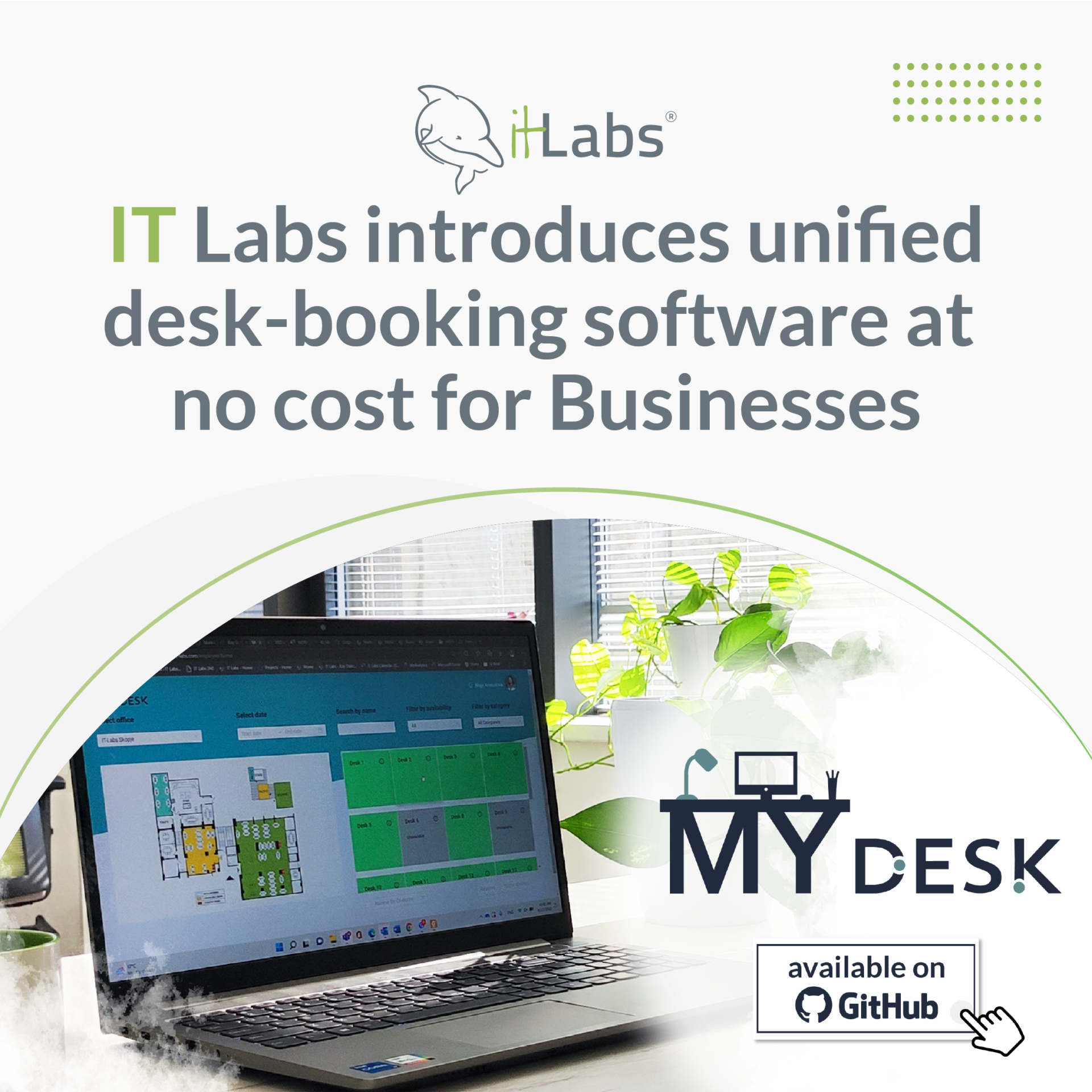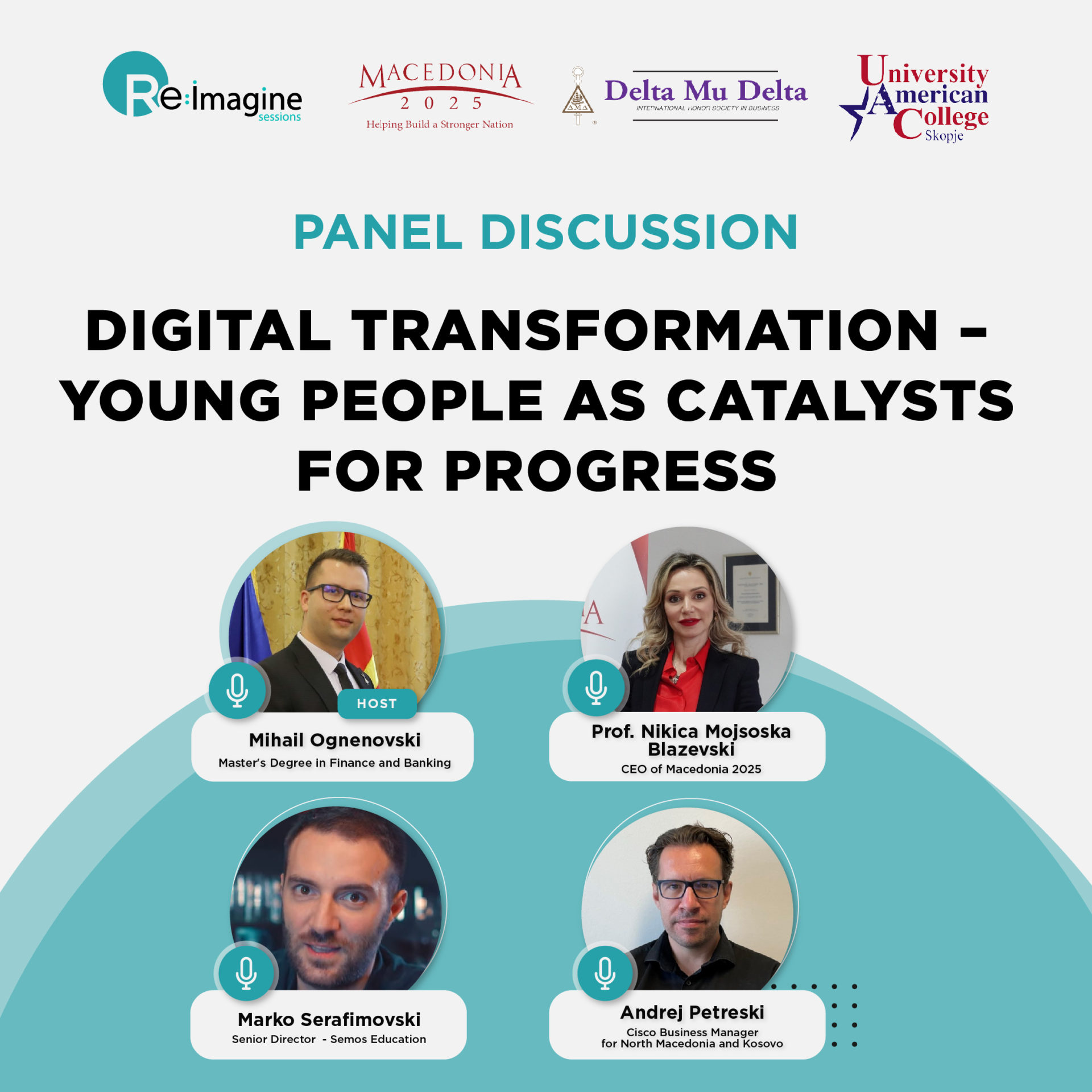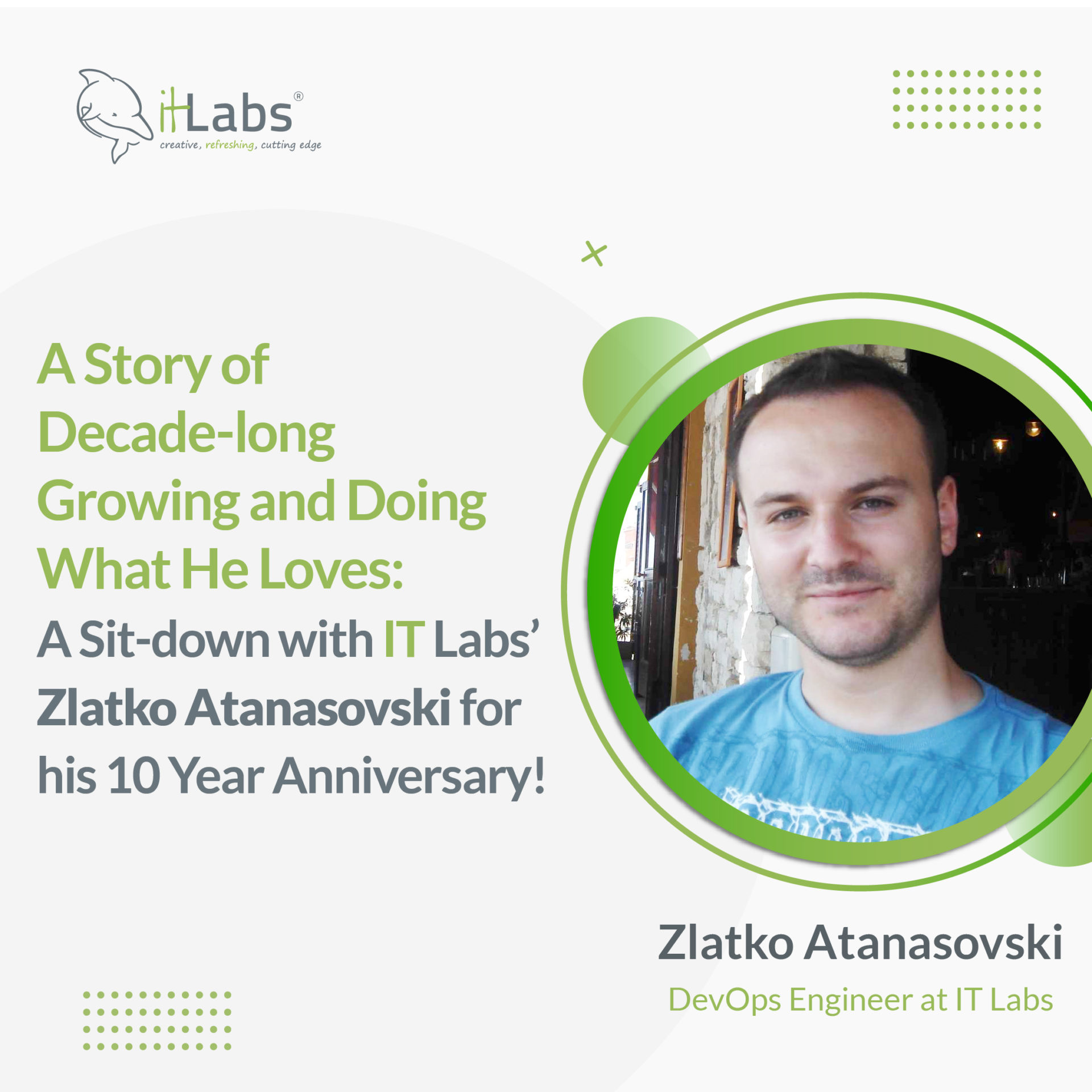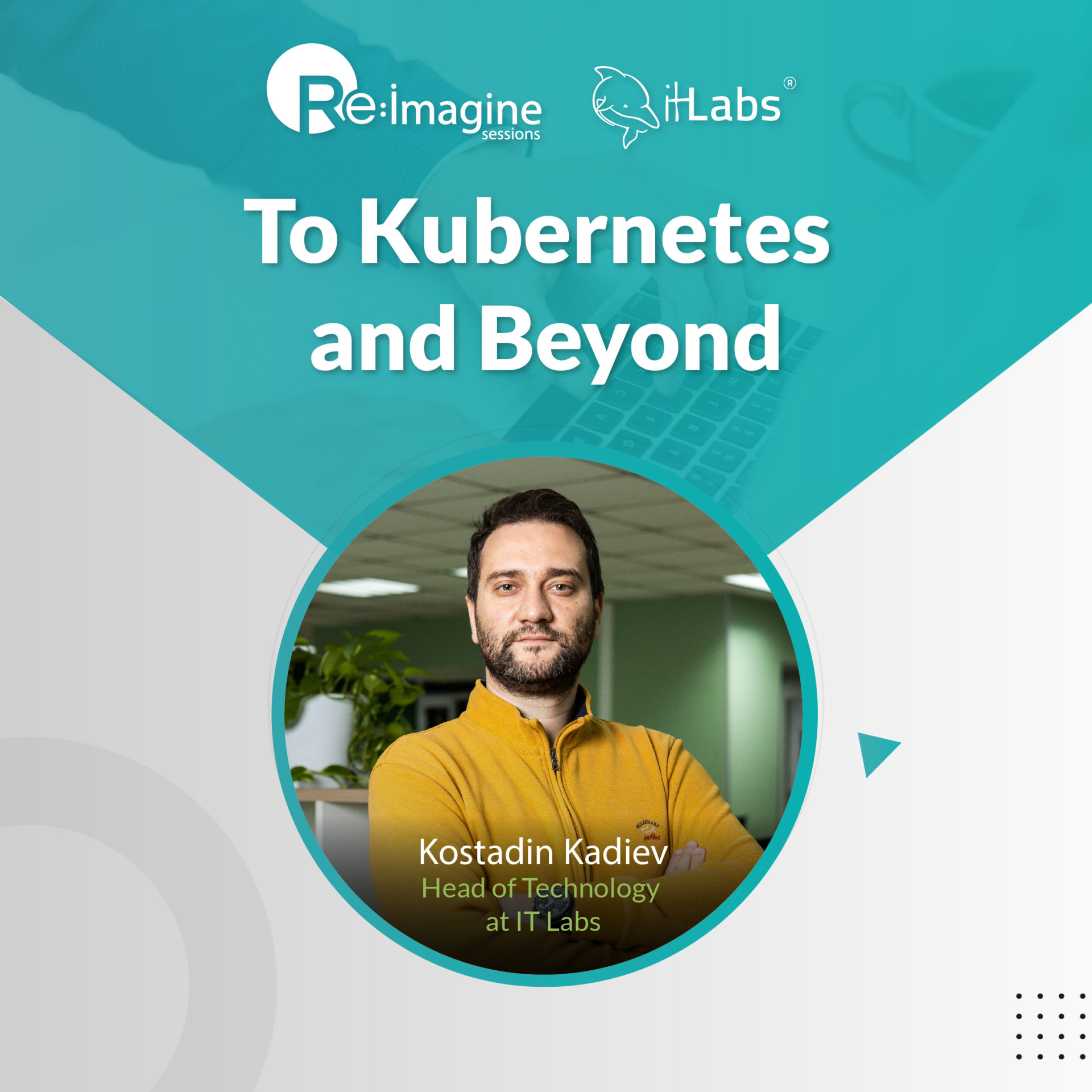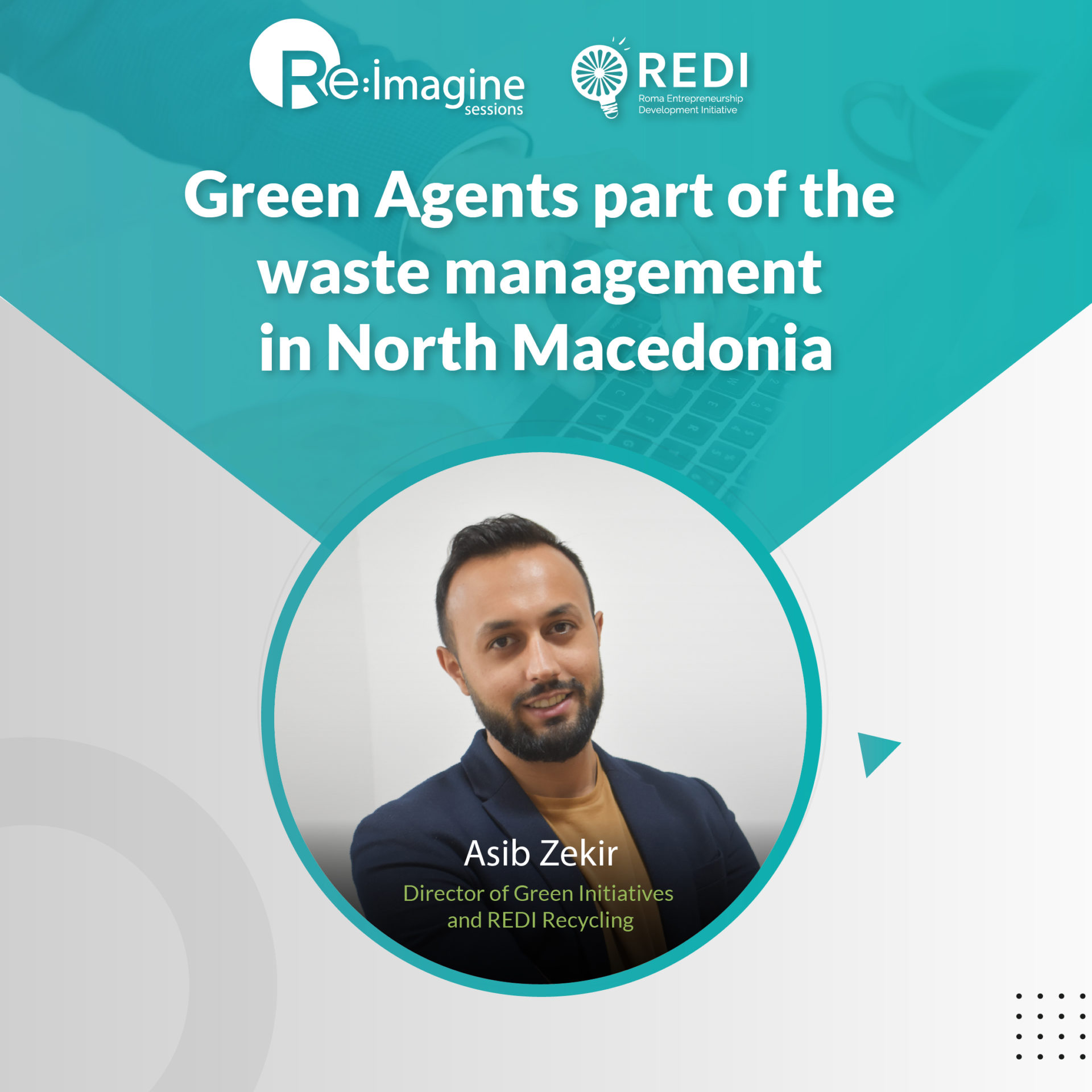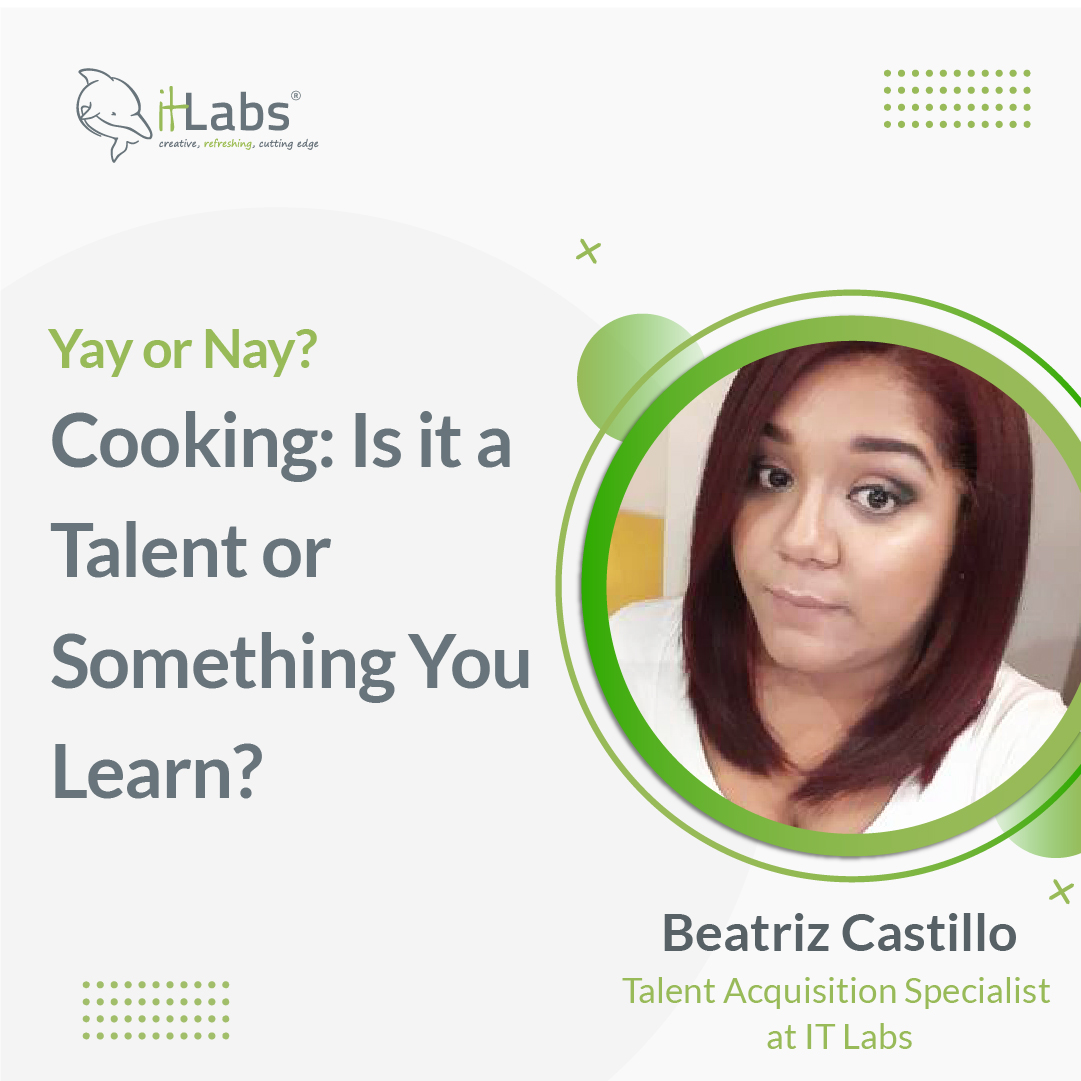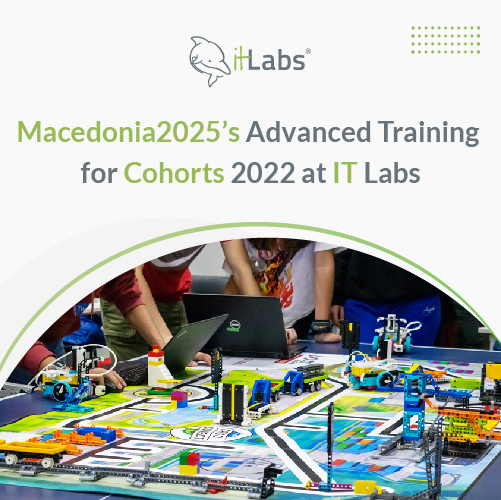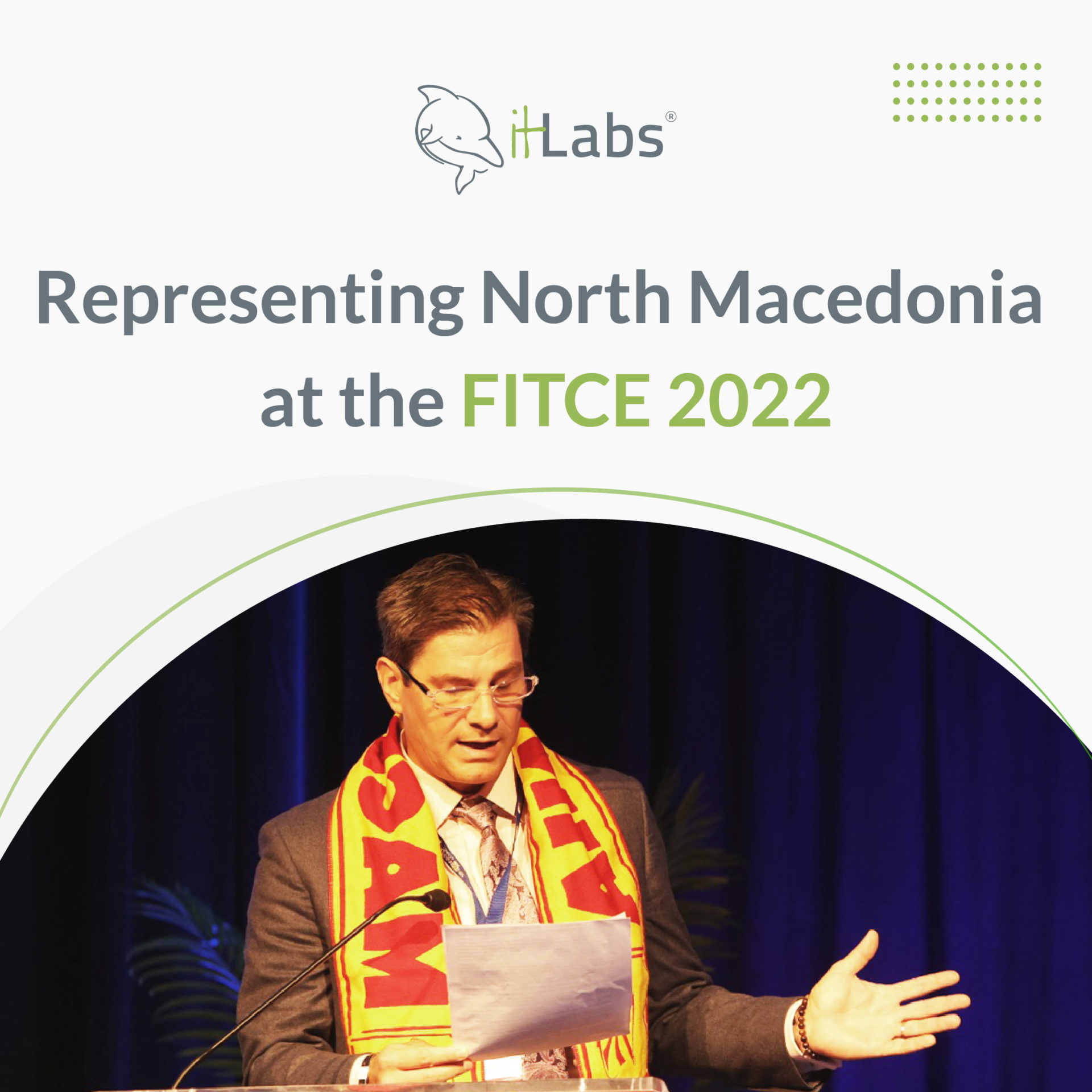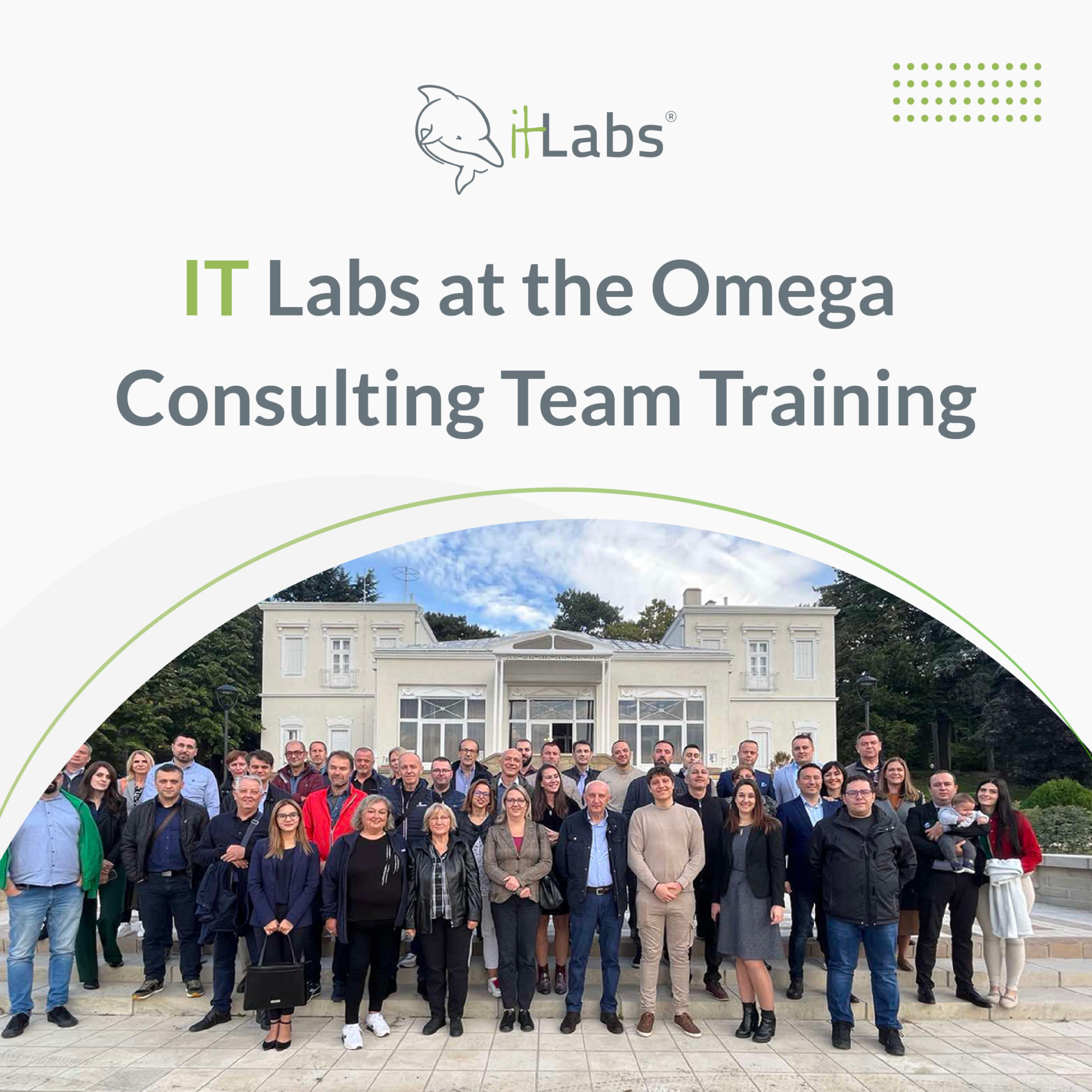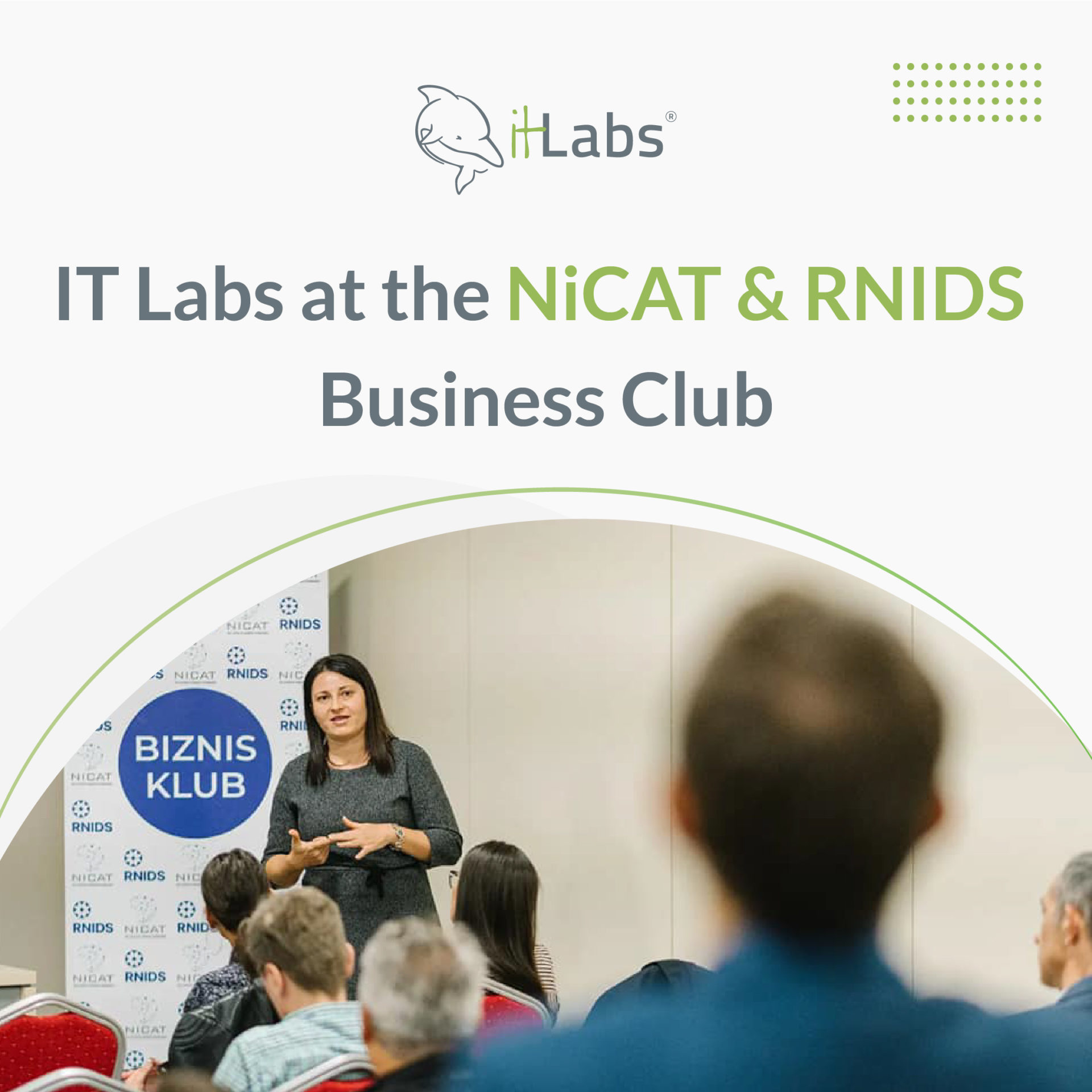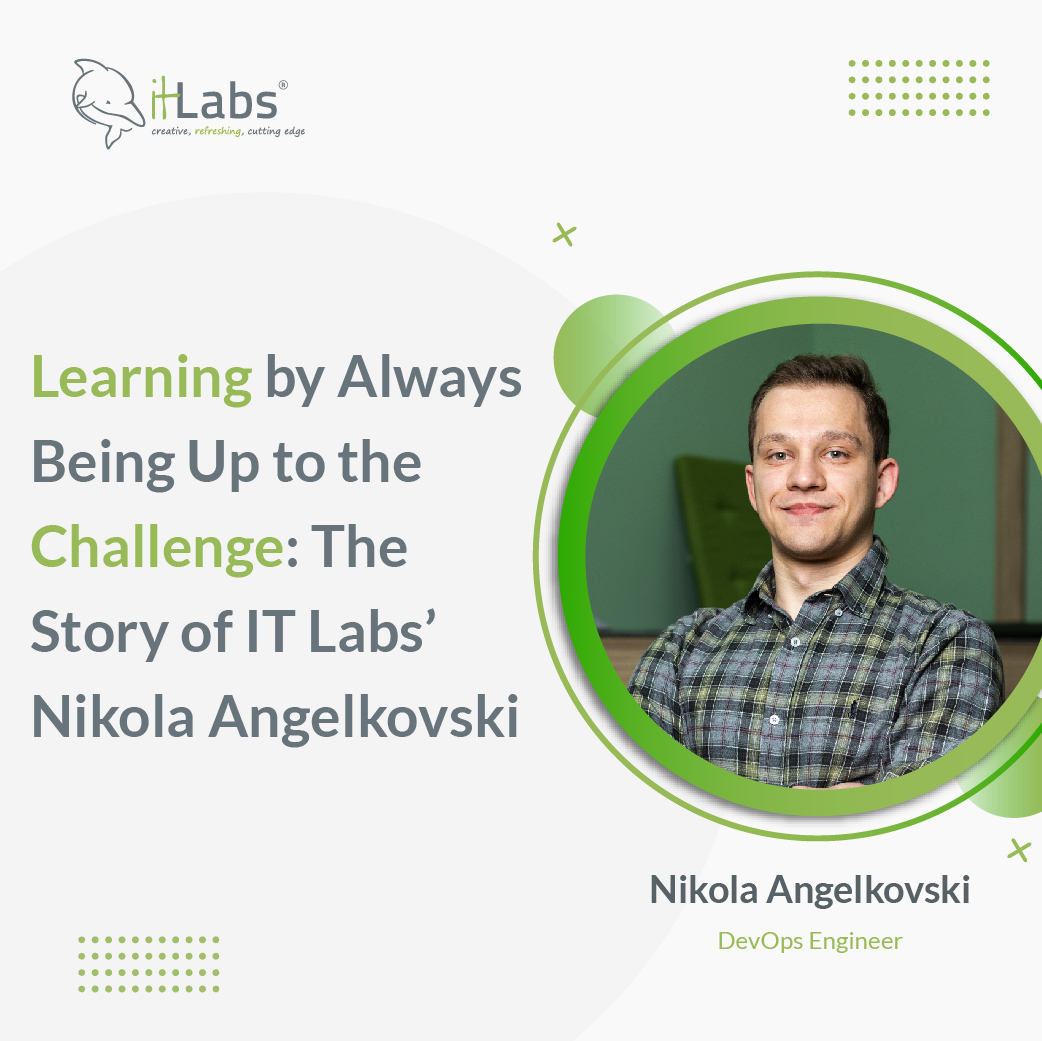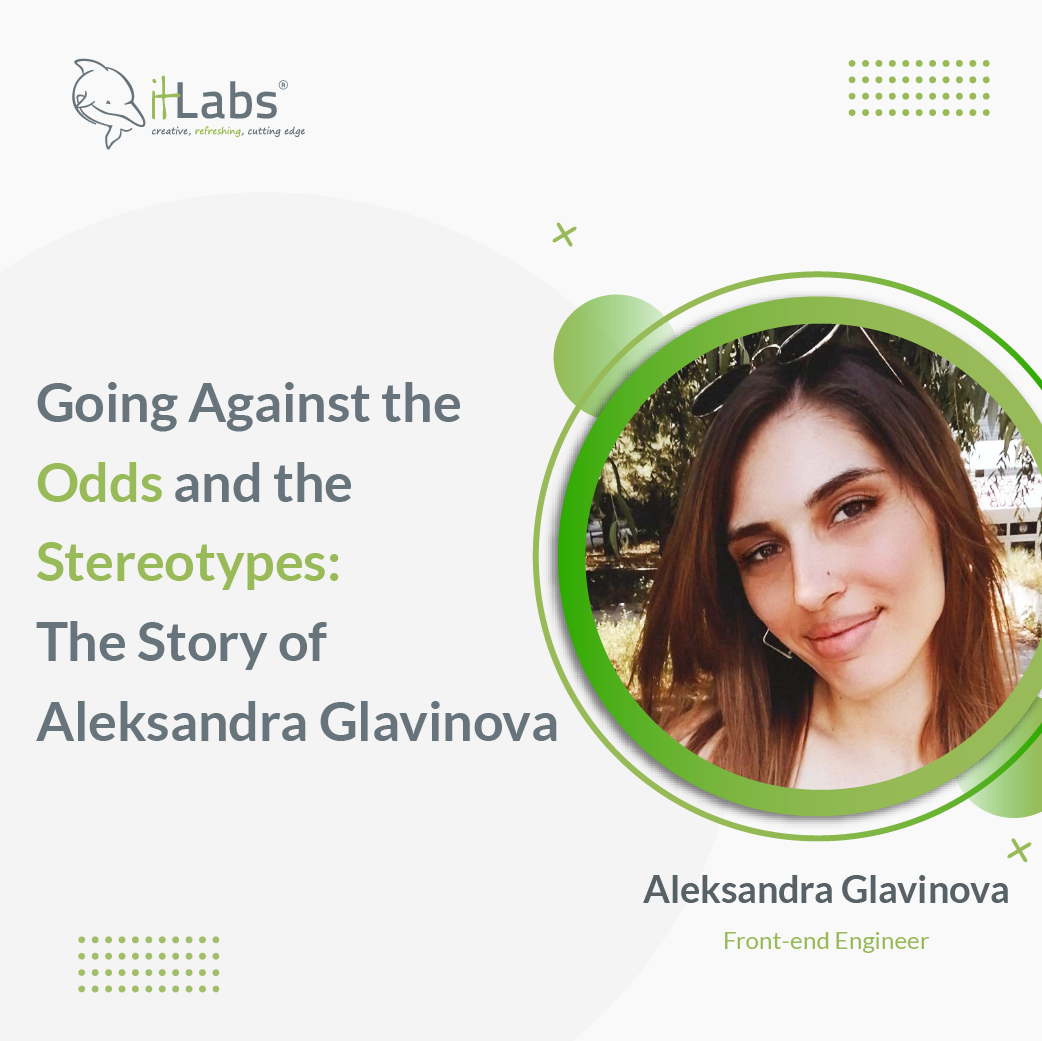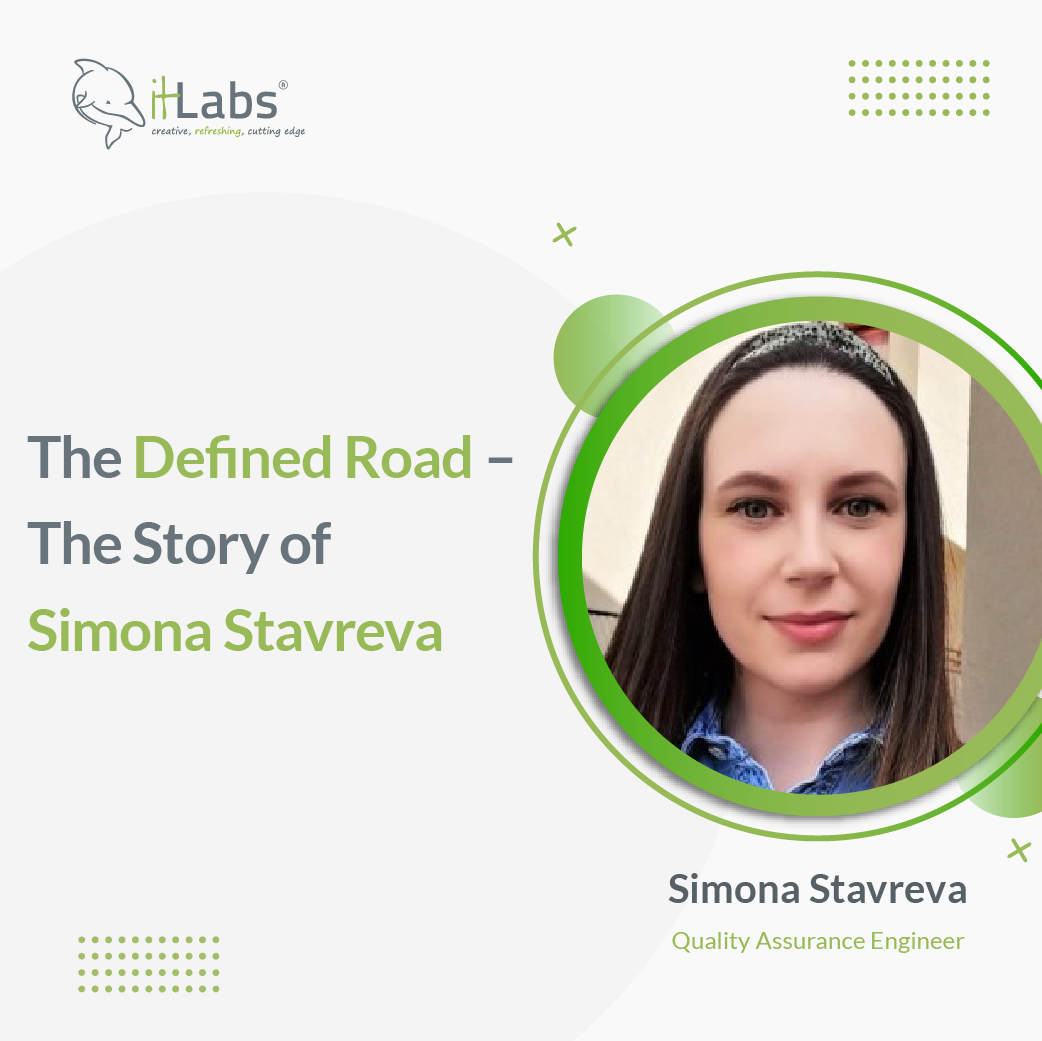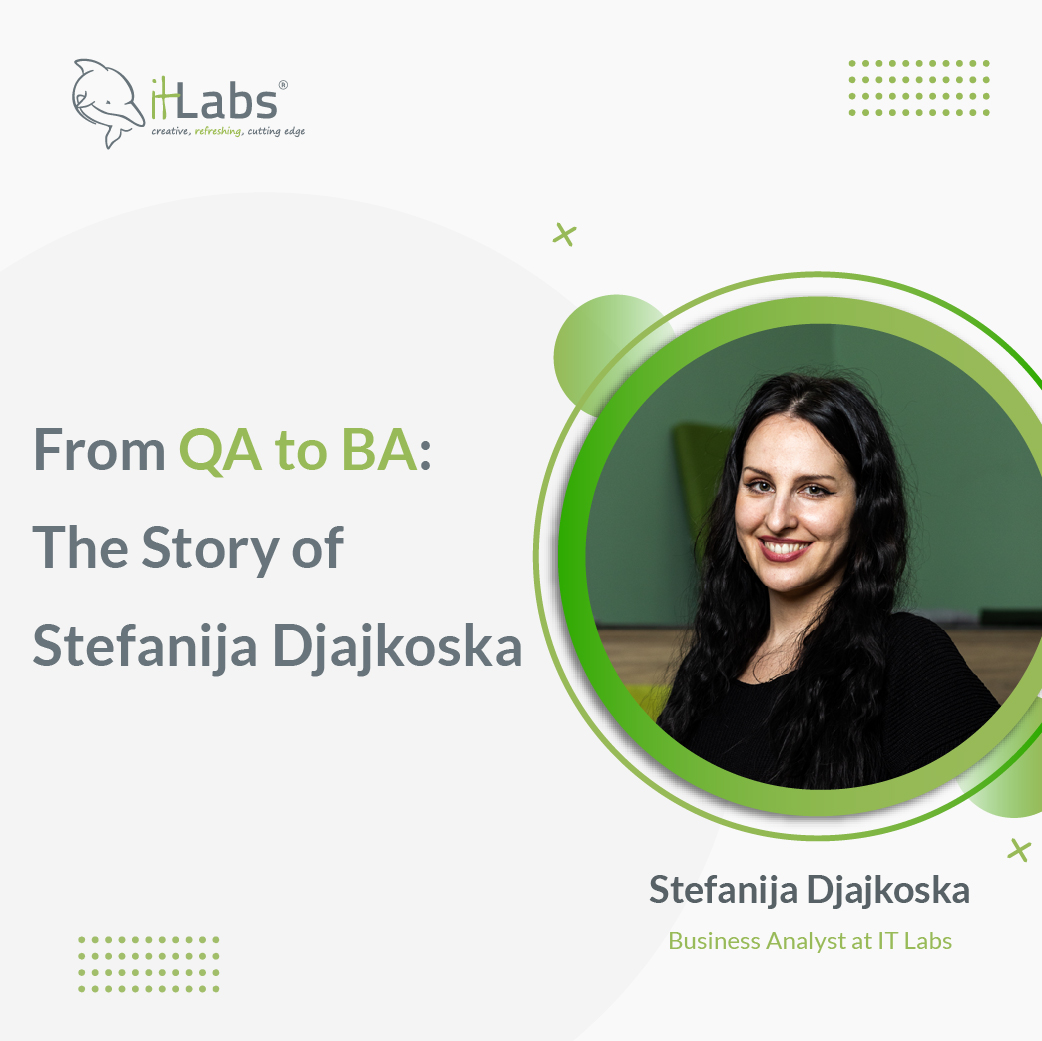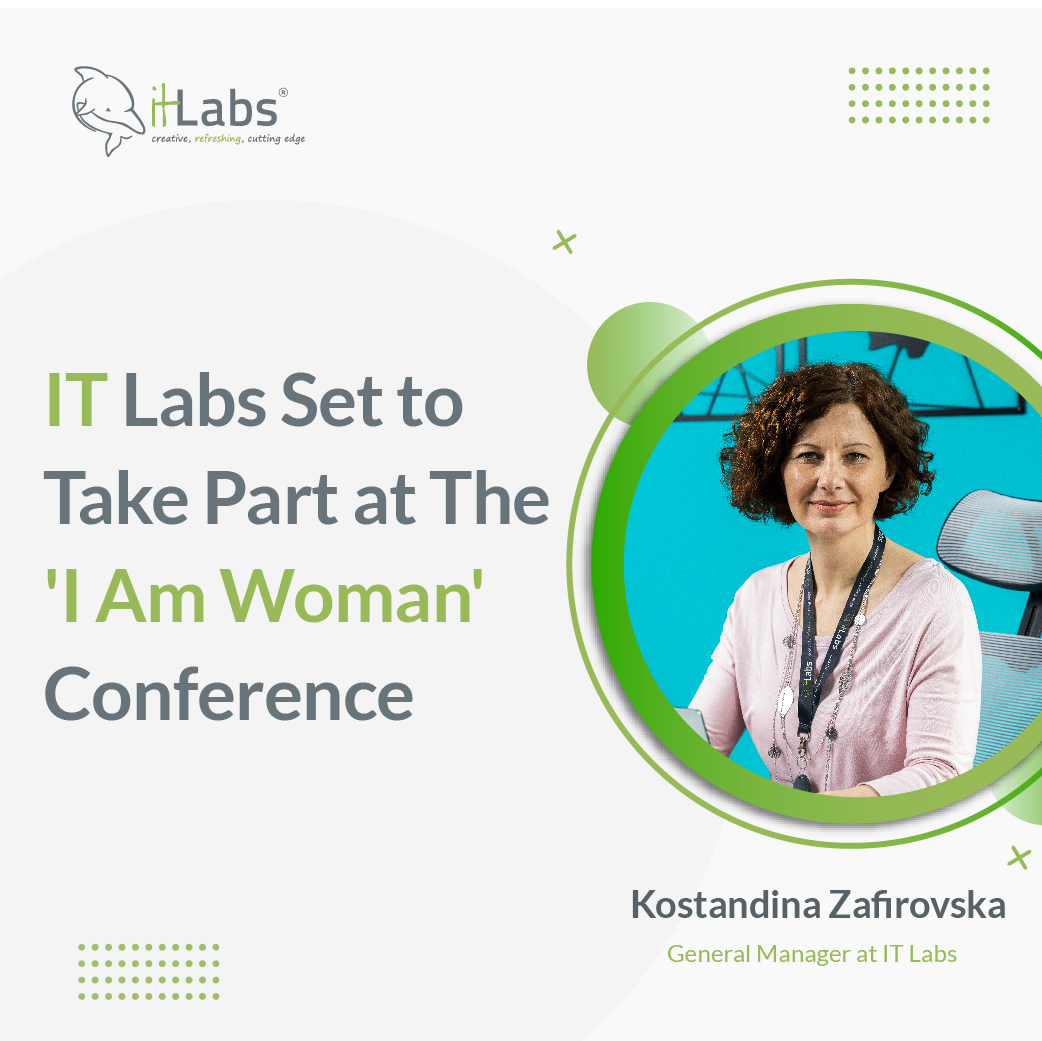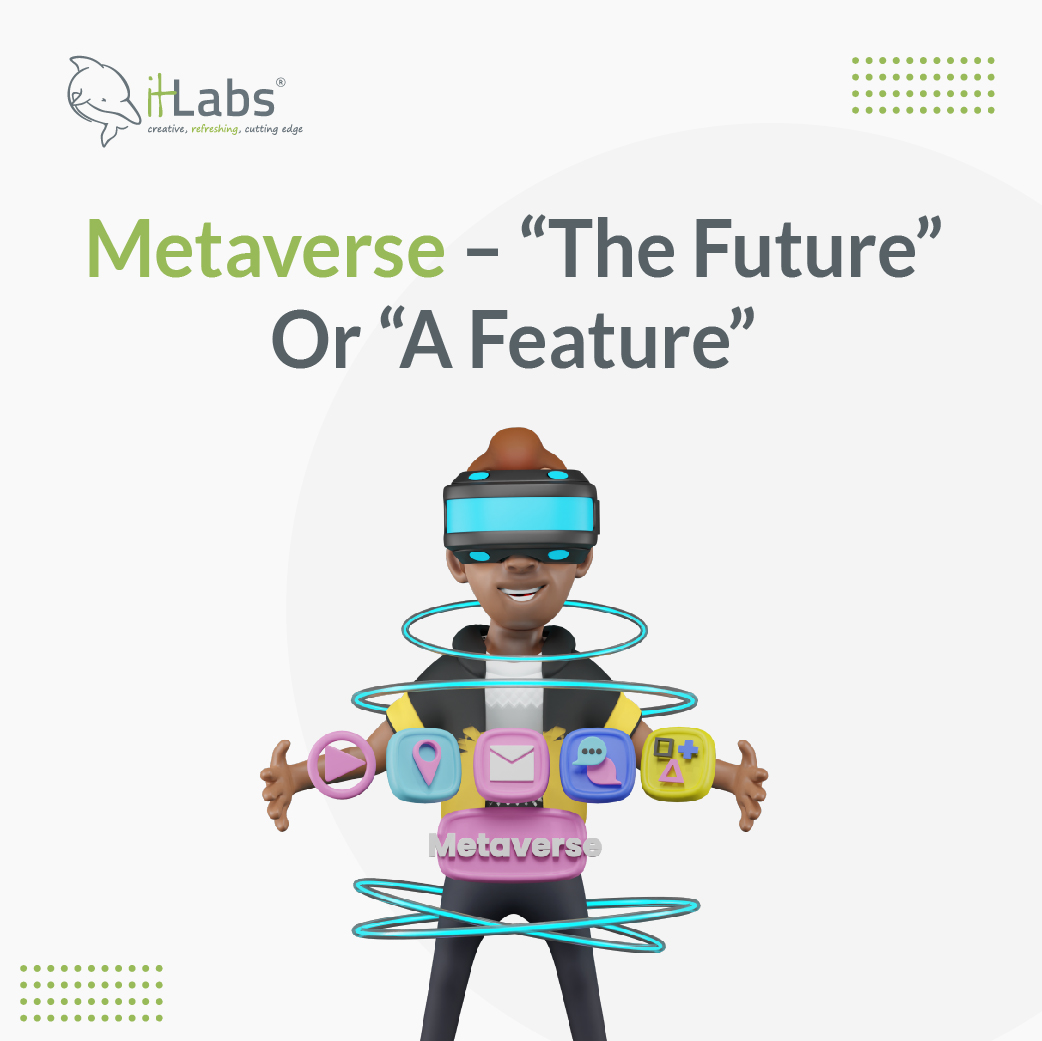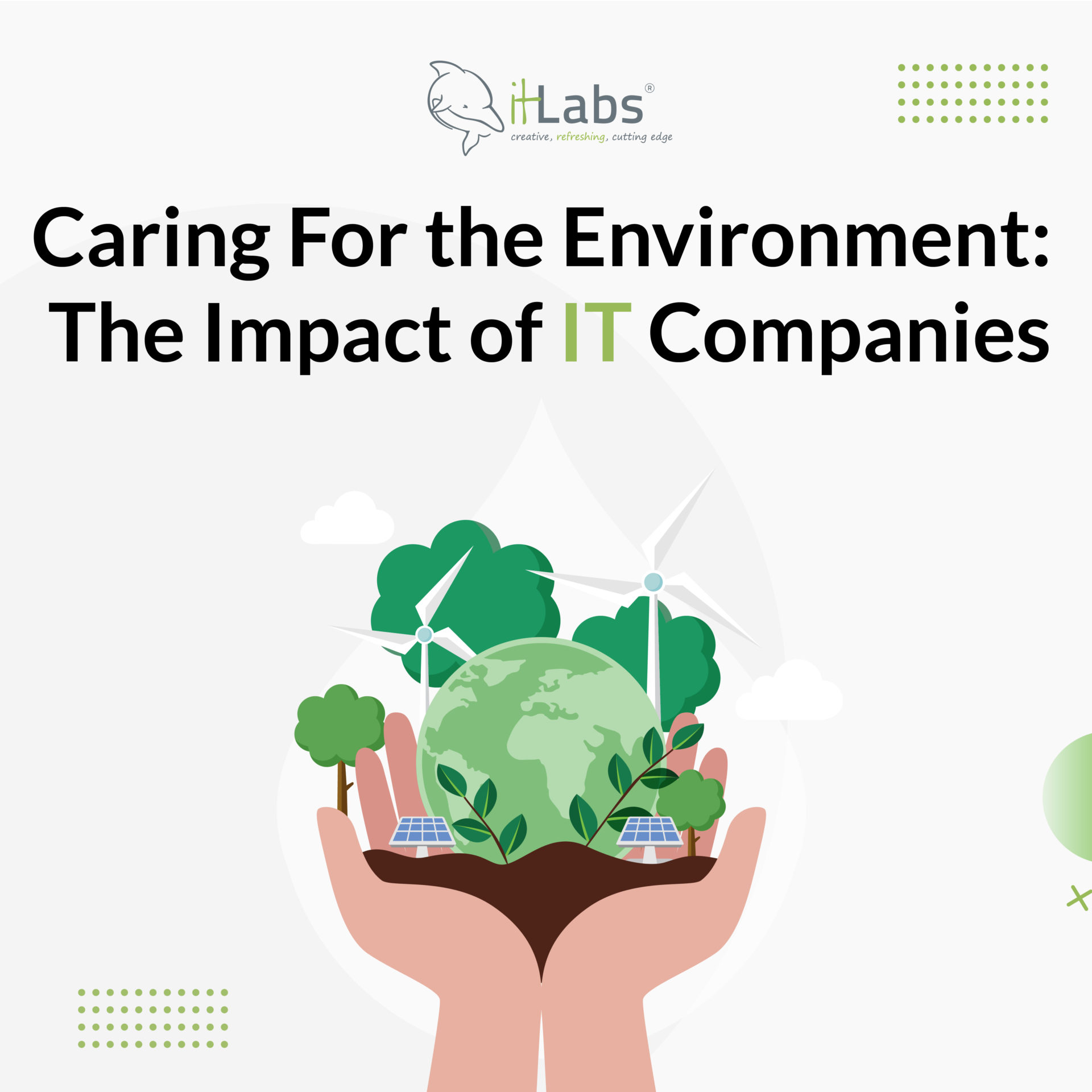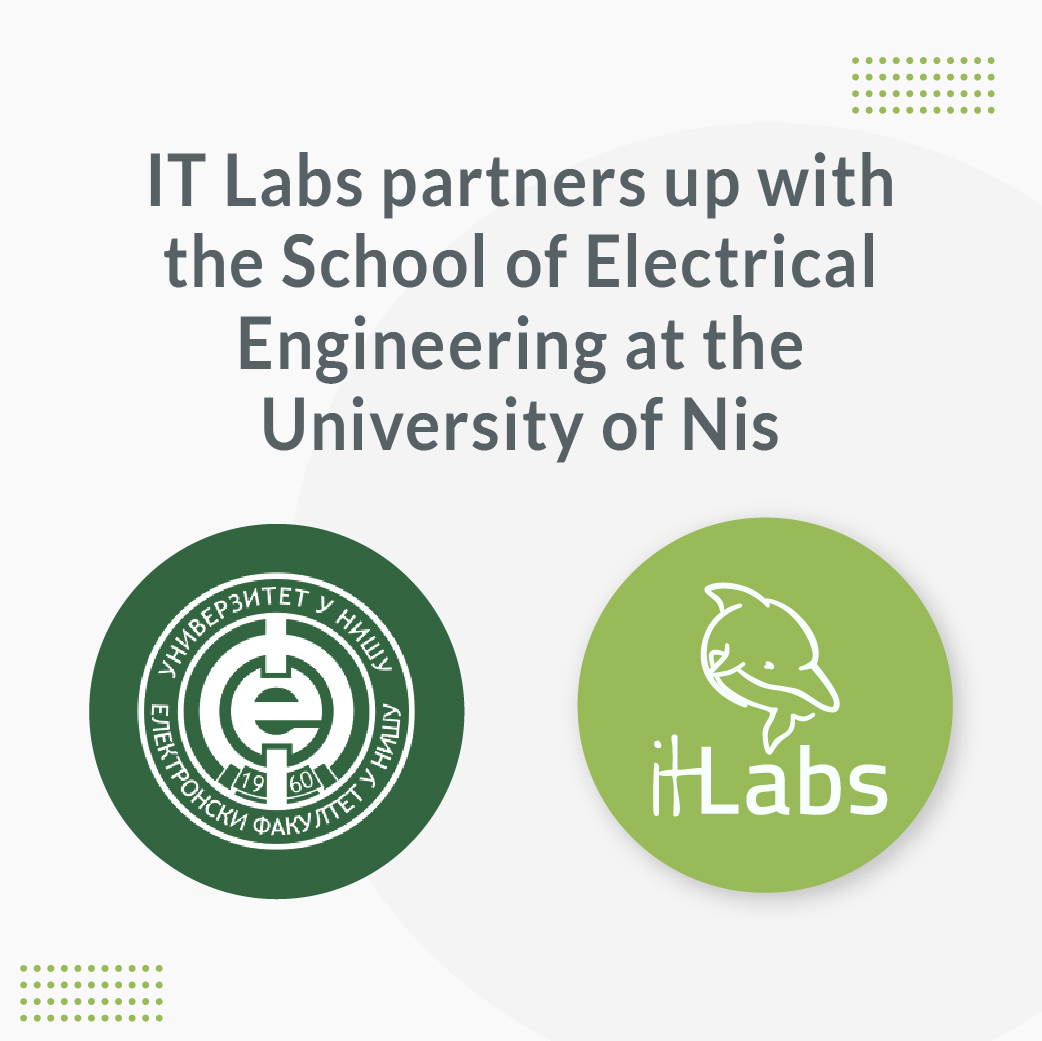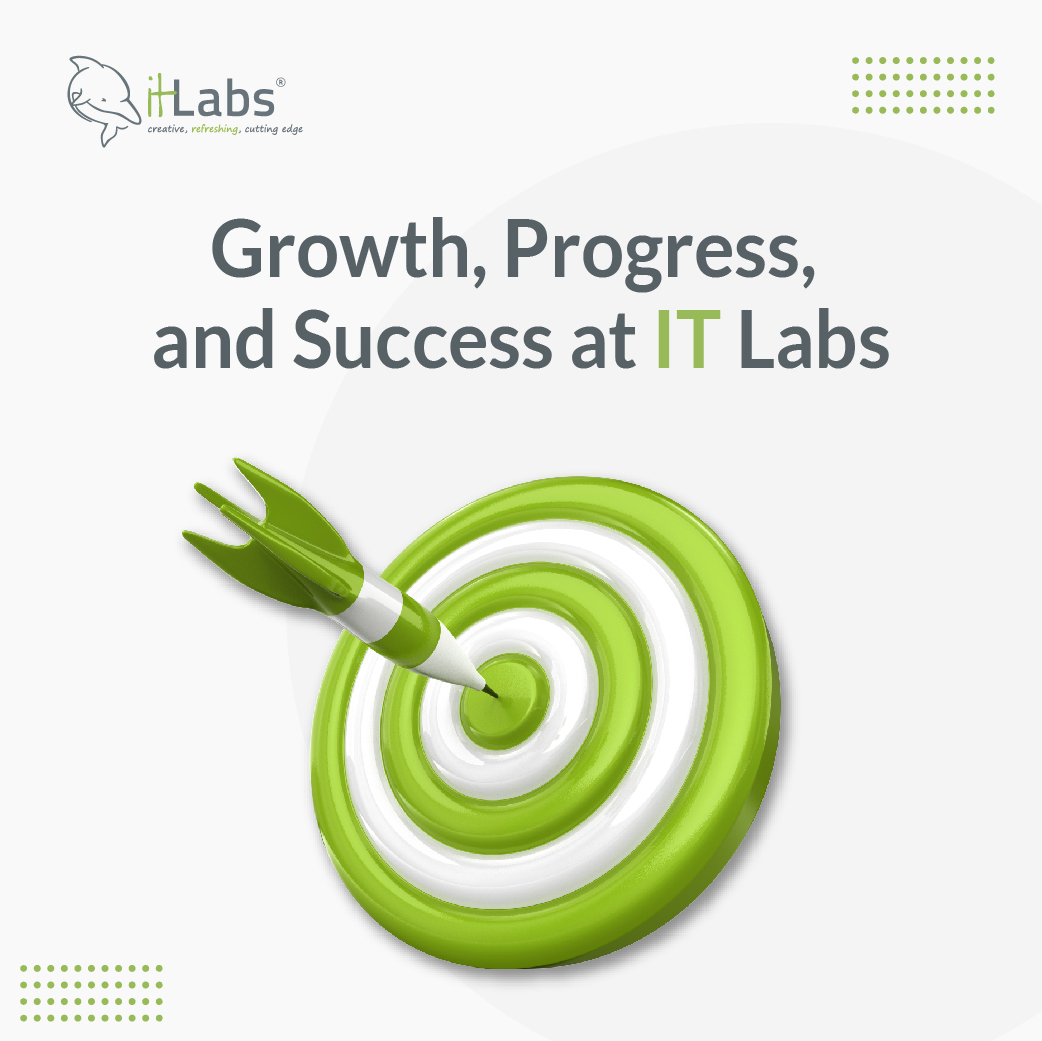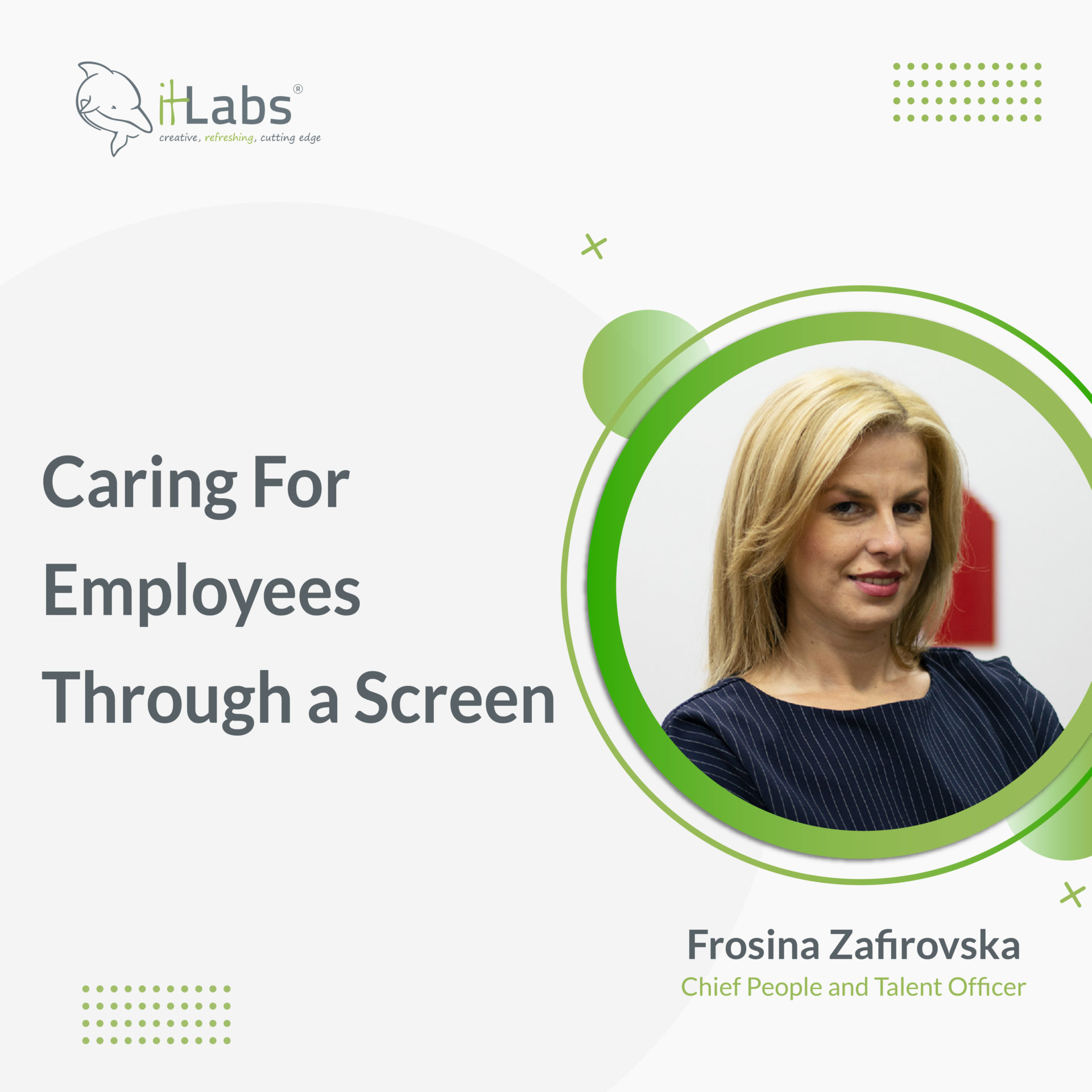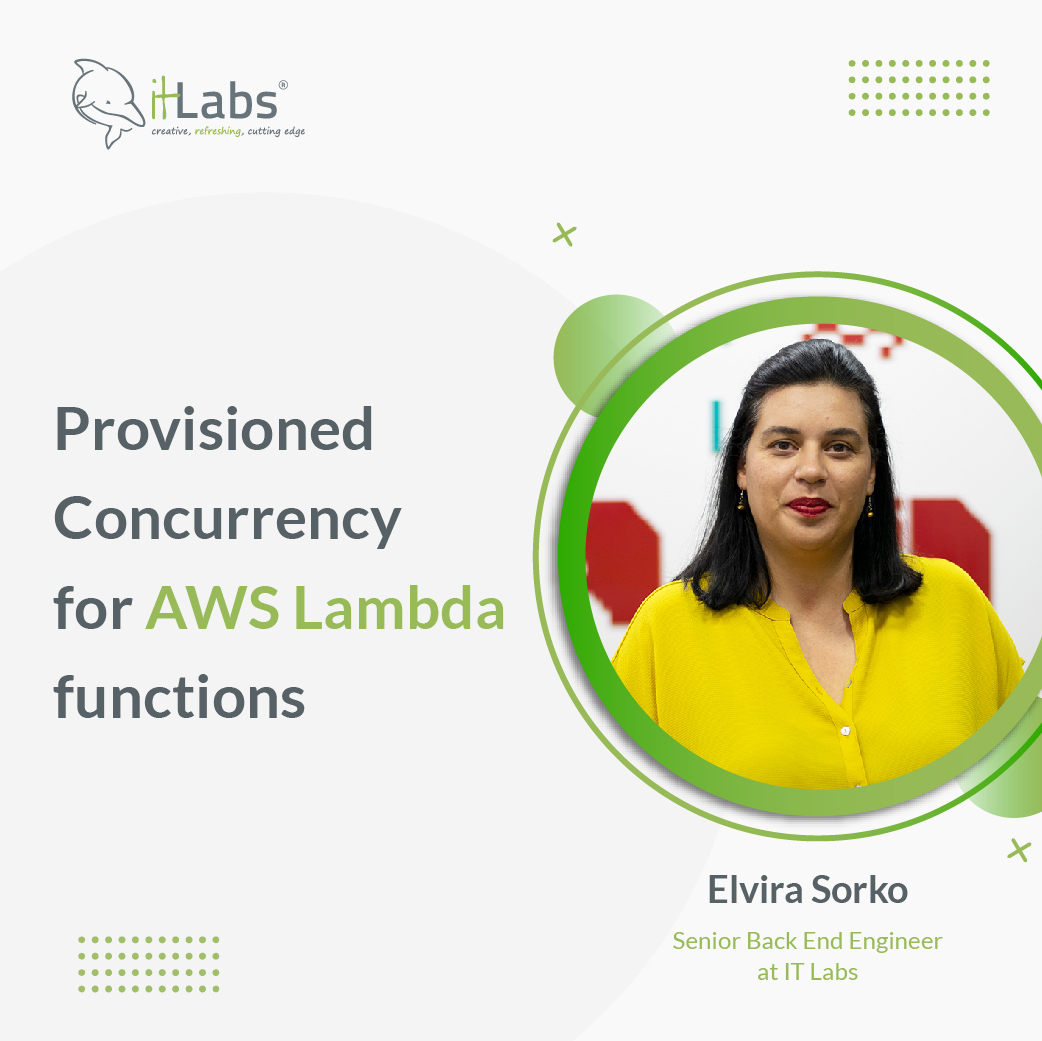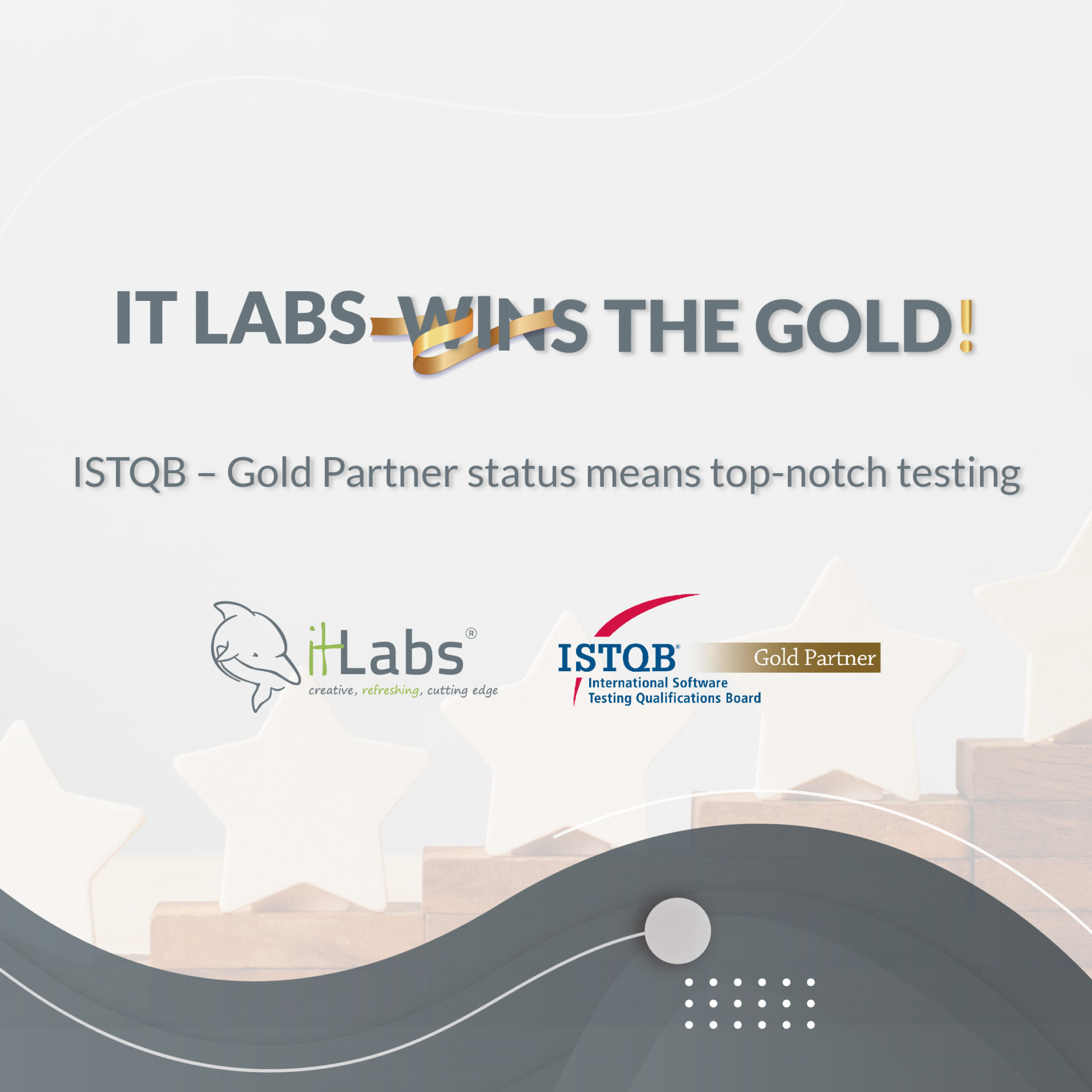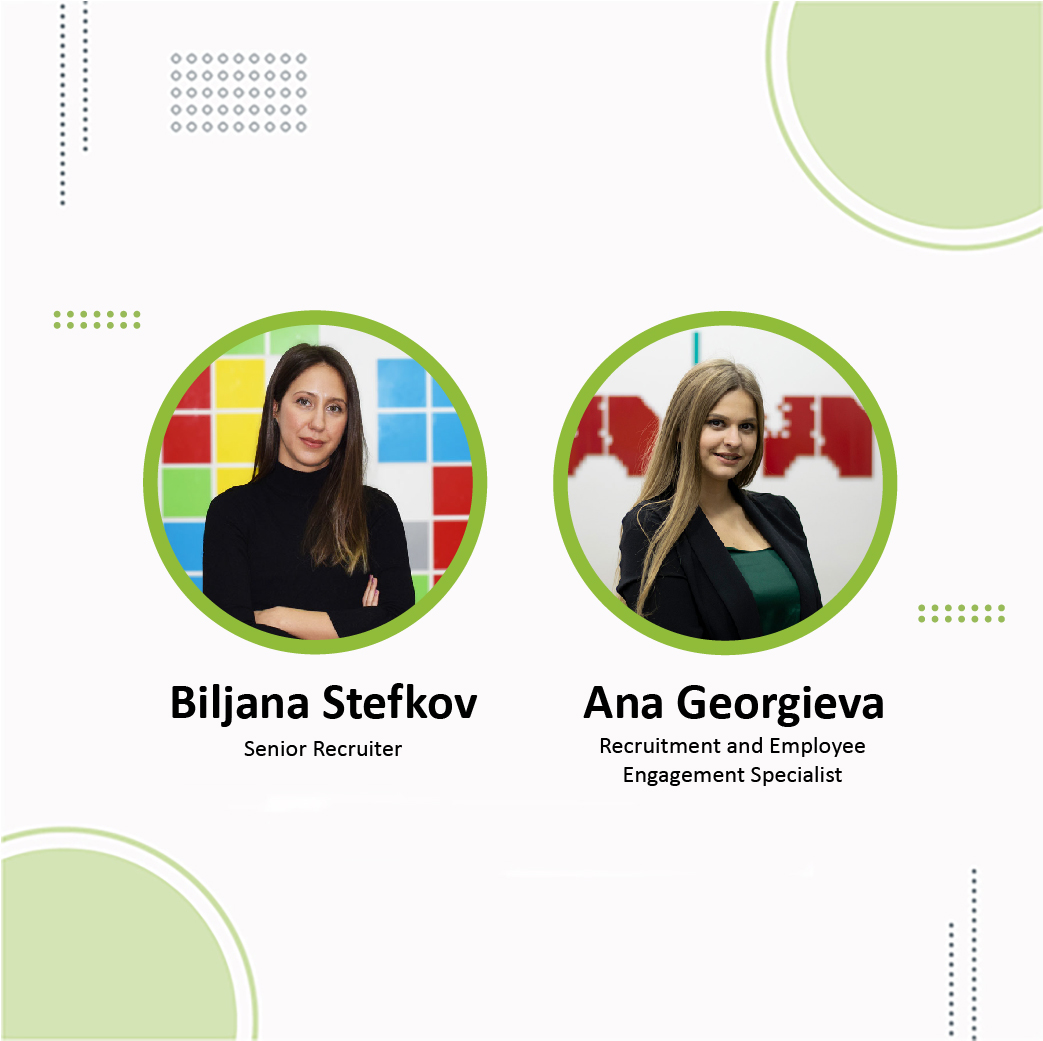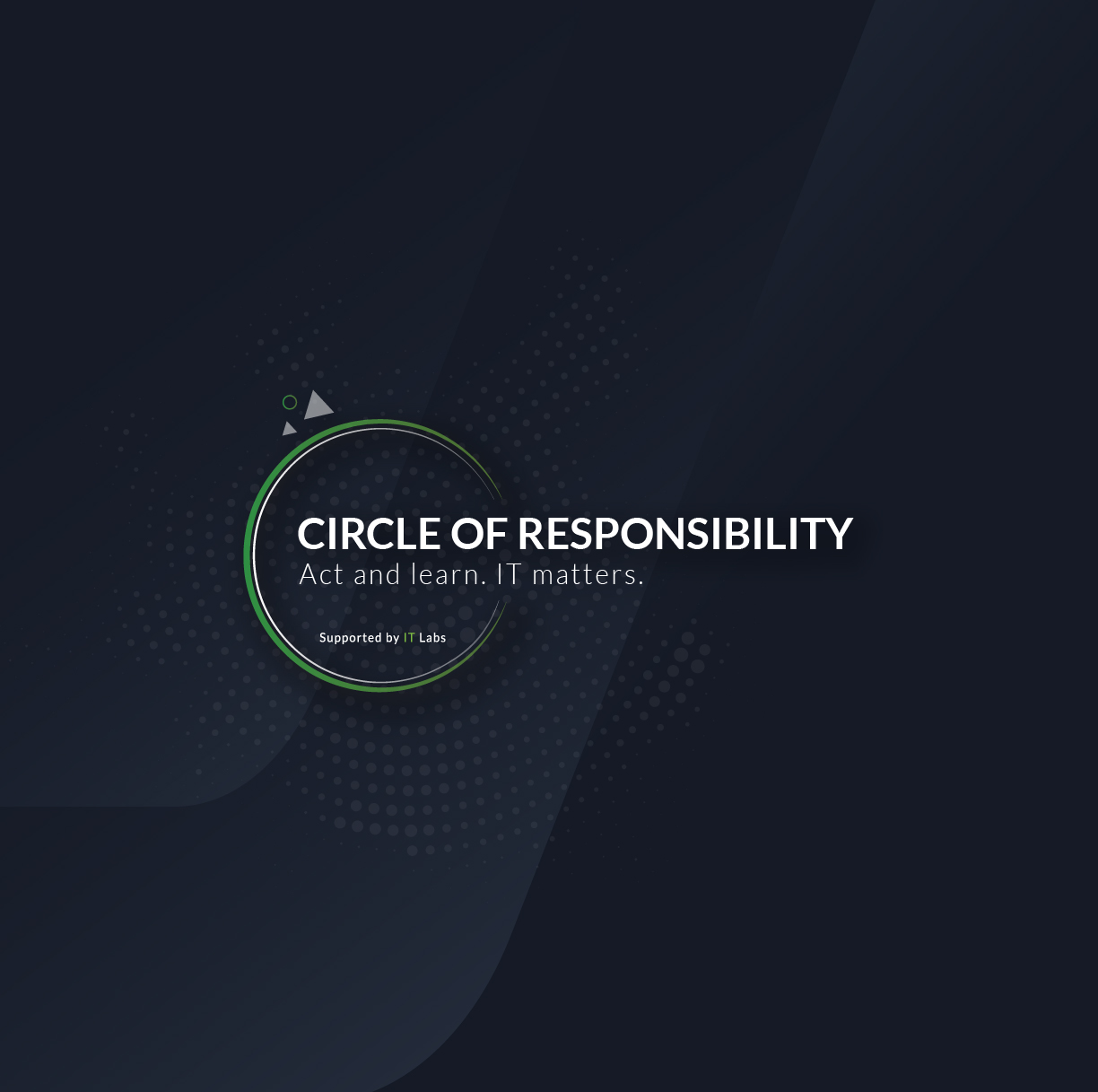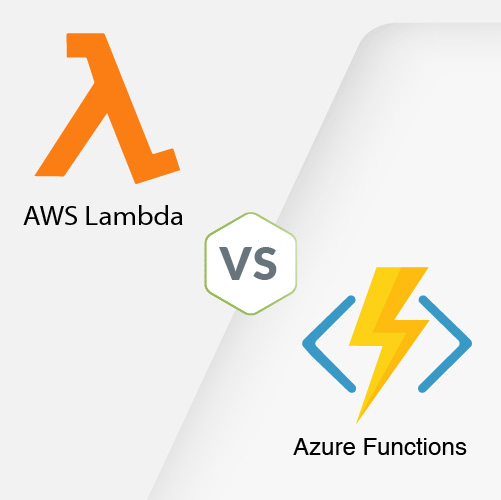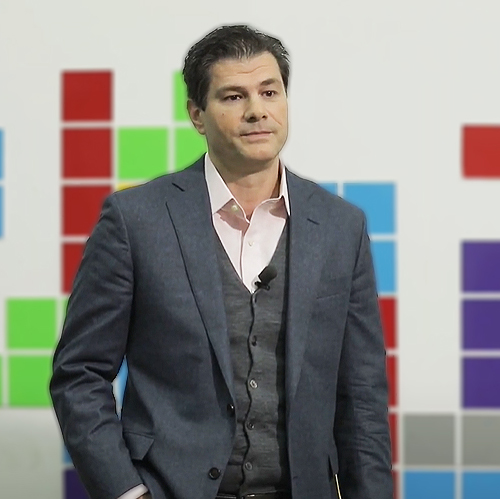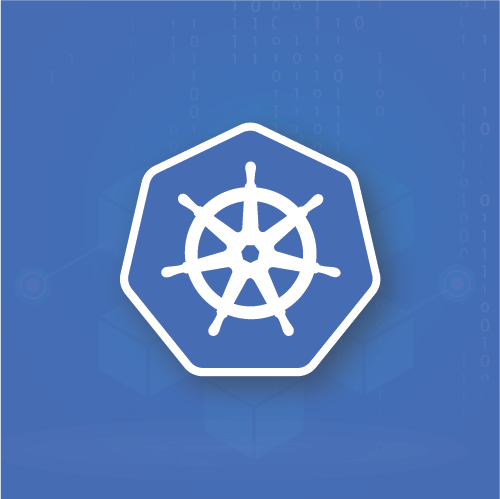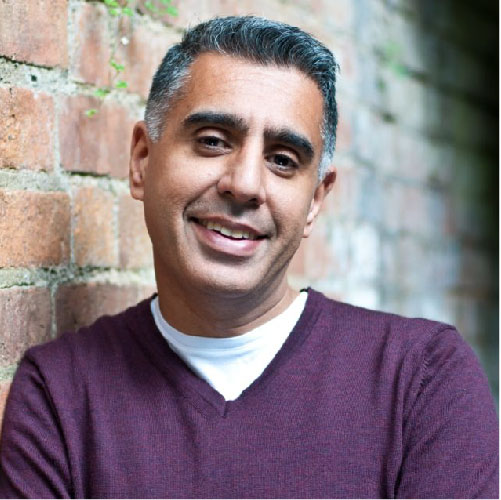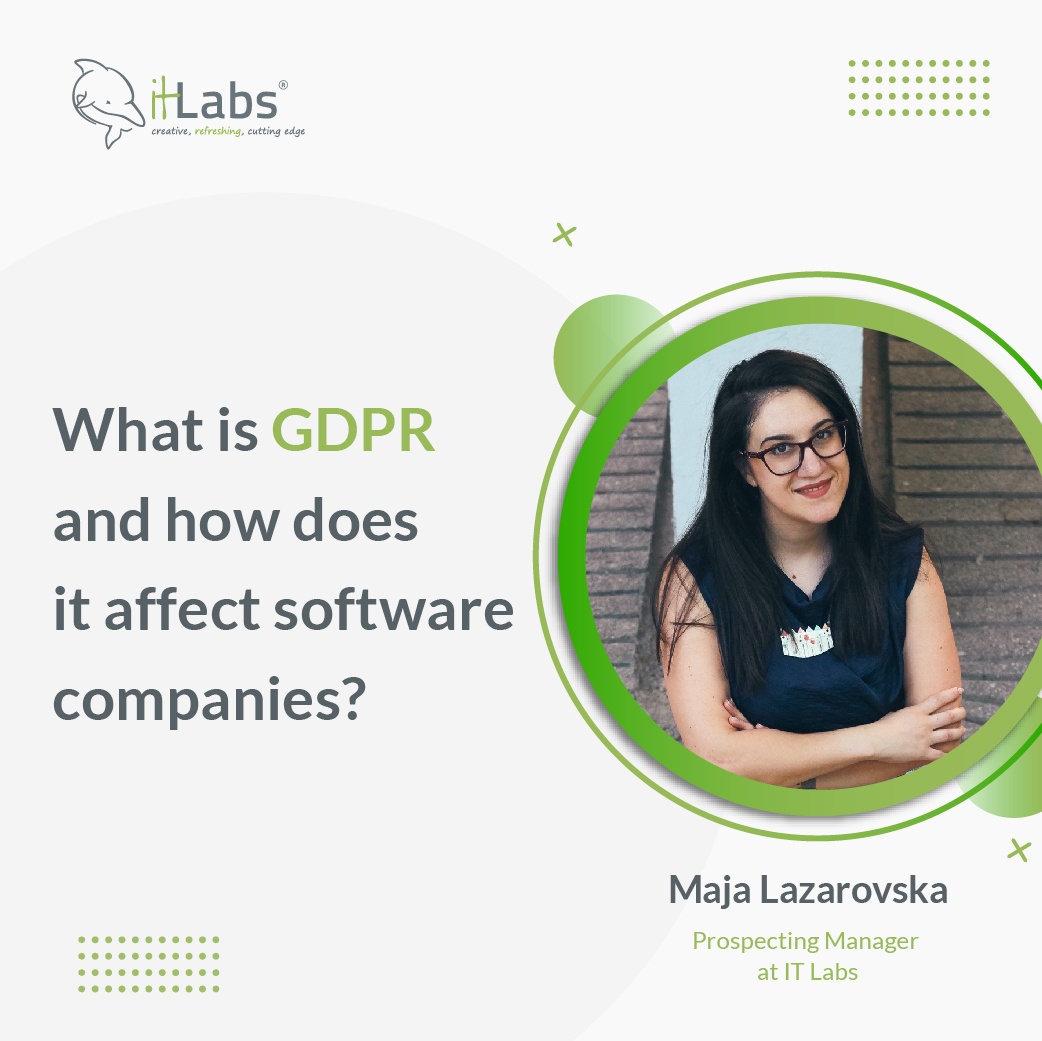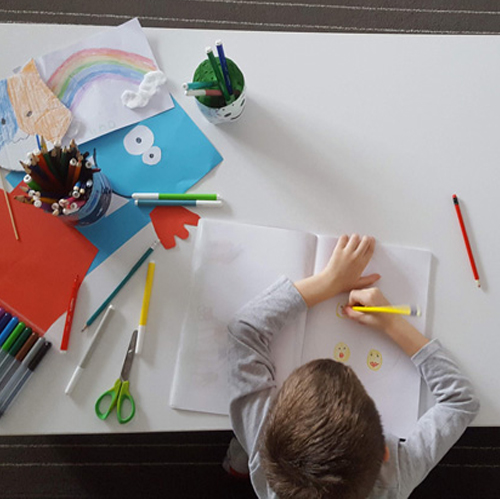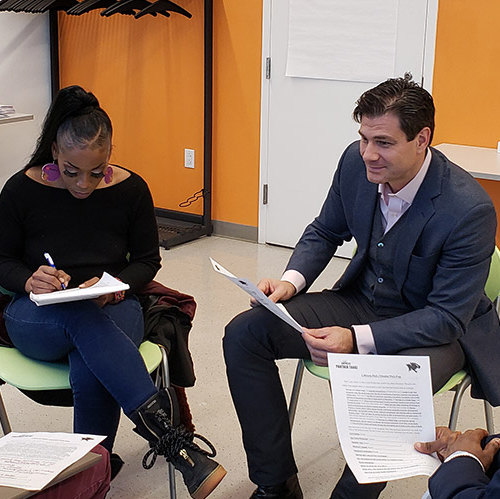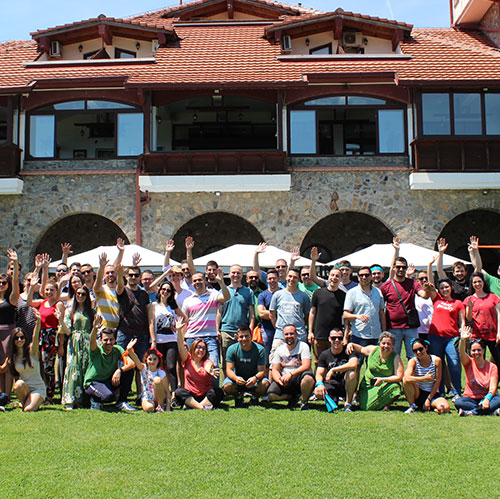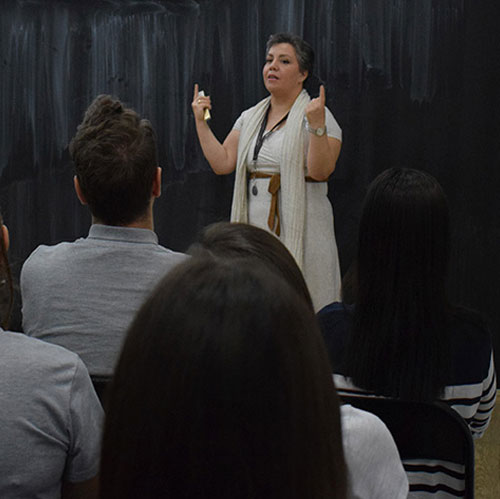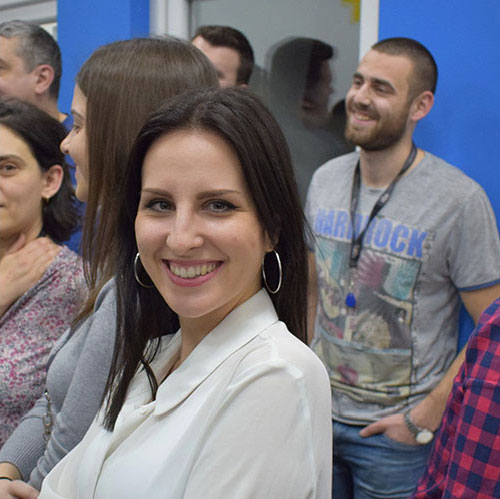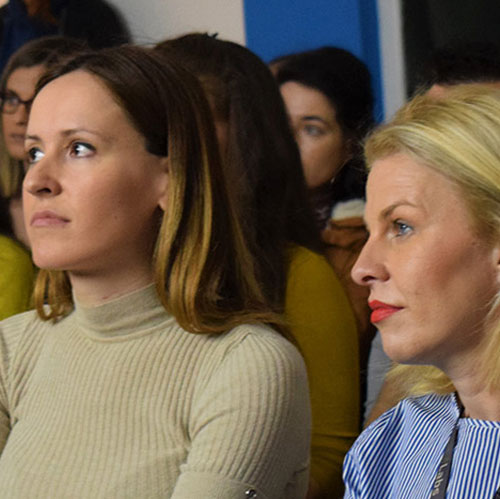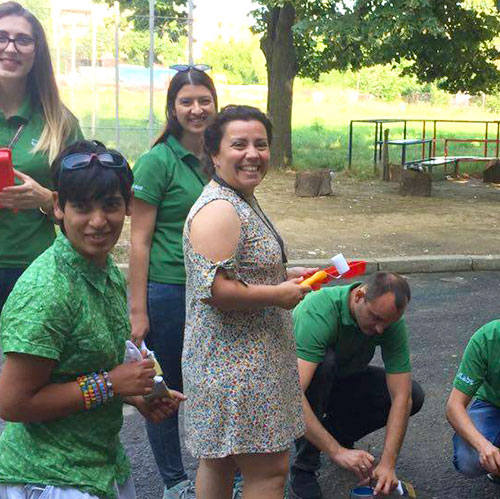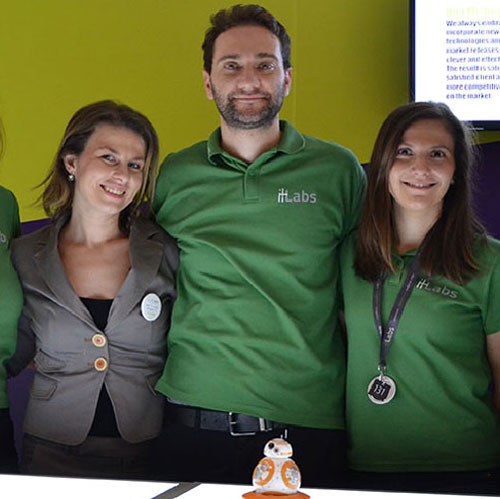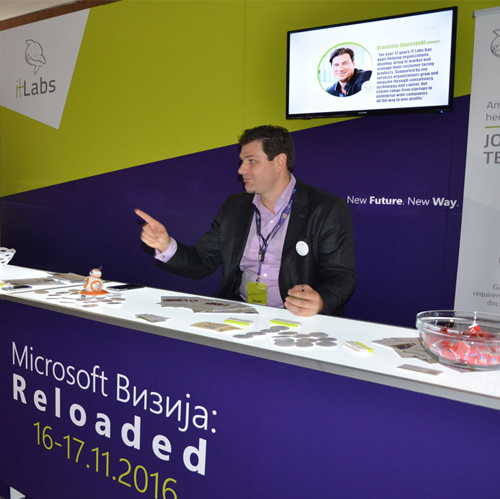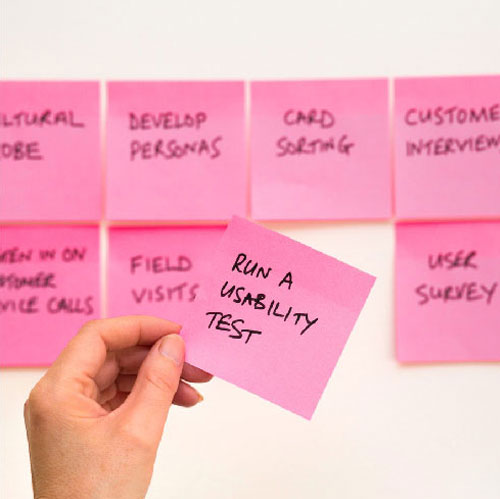
Risto Ristov – Project Coordinator & Content Editor
When we talk about a project, we actually talk about an activity to create something unique. You may say that many of the projects are similar in many aspects these days, but each individual project is unique. Uniqueness does not come only in the perception of what the scope is, how the project is initiated, executed, or even delivered, but instead comes from the different characters of people, in this case, stakeholders and the entire team behind the project.
Though sometimes project managers overlook less obvious – yet critical – stakeholders, it is important to consider everyone that is vested in the project. This should be a relationship based on communication, transparency, engagement, and trust.
Effective Communication
Think about what it means to communicate. Do you think it would just be words going back both ways? No, it is a storm of opinions, information, ideas, trust, honesty. Therefore, it is important to realize that communication is not one-sided. It goes both ways, and it is full of stories, testimonies, ideas, arguments, experiences.
I have learned through the years that the best way to keep an effective communication with anyone that is vested into a project is to:
-
Be positive
Try to always enter a communication with a positive mindset. I do not think people like when there’s a negative atmosphere in the air during meetings, and even in formal or informal conversations. This does not mean that you should always be smiling like you are about to shoot a commercial but still, it is nice to have positive attitude as it is very noticeable. A positive attitude can even win you a deal or an argument.
-
Be an echo
You can become a better listener by just being an “active listener”. Active listening is when you repeat or echo a phrase said by those who you communicate with. That will show that you are engaged into the conversation, and it can help you to track the main points of the discussion. Do not expect to do this often, just occasionally would be fine.
-
Be authentic
This is the most important one. You just need to be you. Not a performer, not a pretender, not even a plastic you. Just you will be fine. You would learn that by just being you, you can build trust and engagement very easily, and this will allow people to be more open and share their ideas and thoughts, as well as concerns.
-
Be a listener
To be understood, you need to understand first, meaning you need to listen. I am not saying that listening will keep you from expressing your ideas or opinion but instead it will help you understand the other side, the different perspective. Once you understand other perspectives you will be in a better position to share your ideas or thoughts.
-
Be a mirror
One of the ways to connect with people is to mirror what they do. Most people do this naturally without even realizing they are doing it, but it can surely help to raise engagement. Like with echoing, you need to be careful not to overdo it and end up playing a game of see and do.

I can tell you from a personal experience that a successful relationship with stakeholders is down to skillfully striking a balance between all these ways meant to facilitate communication. On the project, I have always been myself, without any need to pretend or to figure out excuses that will not get me into trouble, but instead, being truthful, positive, and transparent.
There are a lot of tools that we use and that also give us the chance to put in practice any of the ways mentioned above during the various project cycles. We are currently using Microsoft Teams and Skype for an ongoing regular communication with each other. I know there are more tools out there and whichever you choose to work with will not matter if you do not practice some of the principles I mentioned above. No tools are a substitute for proper communication and good approach.
Transparency
Did you know that transparency is defined as “the quality of being done in an open way without secrets?”
In a study I have read (Kelton Global in a 2018 study), it is found that 87% of workers admitted that they want their company and people to be transparent. 80% of the respondents wanted to know more about the organization’s decision-making. And when you look this from a project perspective you would soon realize that it means a culture of open communication and visibility within stakeholders or a project team or even an entire organization. It is often the case of being honest with your stakeholders about the project and the team itself.
Lack of transparency can cause distrust among stakeholders or even resentment. Inadequate or poor communication is a major cause of project failures. Transparency is not a one-size-fit-all approach, as it differs from client to client or industry to industry.
From a personal experience I have learned that to increase transparency you need to make sure that people understand their tasks. Stakeholders or the project team needs to understand the ‘why’ not just the ‘what’.
On my project, I have communicated openly with my stakeholders and explained changes very thoroughly so that we may have an open communication. This did not happen overnight. It took months to get to a certain level but at the end it gave me an outcome of trust that I am sure every manager wants to build. I am also always open for any kind of feedback that comes from any of the stakeholders, since I am doing this with honesty, I too expect honesty and sometimes might even hear something I do not prefer but it is a step to learn and improve.
Project transparency needs to be supported with tools that make collaboration and communication easier. Since our teams are distributed, online tools are necessary. To provide visibility into the project pipeline, we use Azure DevOps Server or Team Foundation Server. Every team member including clients can see what the status of different tasks is, whether new bugs have occurred etc.
Transparency will allow to increase people’s engagement but will also help to eliminate productivity killers.
Engagement
Managers often depend on people to respond to the outputs and benefits that they deliver. People will only respond if they are engaged.
Engagement is critical. It is important that stakeholders understand why we exist, where do we want to go, and how we are going to get there. Furthermore, it is essential that stakeholders are aligned with and bought into the strategic direction of the company so that they can become advocates that can help achieving the mission and vision.

We may think that stakeholders can be made to respond positively to a project, but the truth is that managers frequently have no formal power of authority and therefore must rely on engagement to achieve the objectives. To bring up engagement, you need to understand people. Once you understand them, you will clearly see a path towards multiple options and ways you can use to increase engagement.
Each one of stakeholders is important and you must let them know. You need to make sure they feel that way. With that in mind, allow me to say that it will not be long until they become your brand ambassadors. In terms of the project team, make sure you do a lot of activities like team building, or team hangout, to keep the team engaged and motivated.
Trust
The only secret to retaining stakeholders is quite simple indeed. Maintain quality relationships that are built on mutual trust.
There are many ways to build trust and some of those include being reliable. You need to show everyone that is vested in the project that they can rely on you, in good or bad. Being transparent as a way of building trust is especially important. I am always open with my stakeholders and that proved to be highly effective in decision-making. Proactivity is a strong characteristic of building trust as you will not wait for the stakeholders to come to you but instead you will be reaching out. We are all busy and I know time is of the essence but being available for your stakeholders will let them feel valued.
Always remember that trust is a two-way street.

Conclusion
In the end, effective engagement with your stakeholders is all about situational leadership without losing sight of the big picture. This is the bottom line towards which all project managers must strive and something that managers must aspire towards.
Risto Ristov
Project Coordinator & Content Editor
























